Link is inspired by Peter Pan
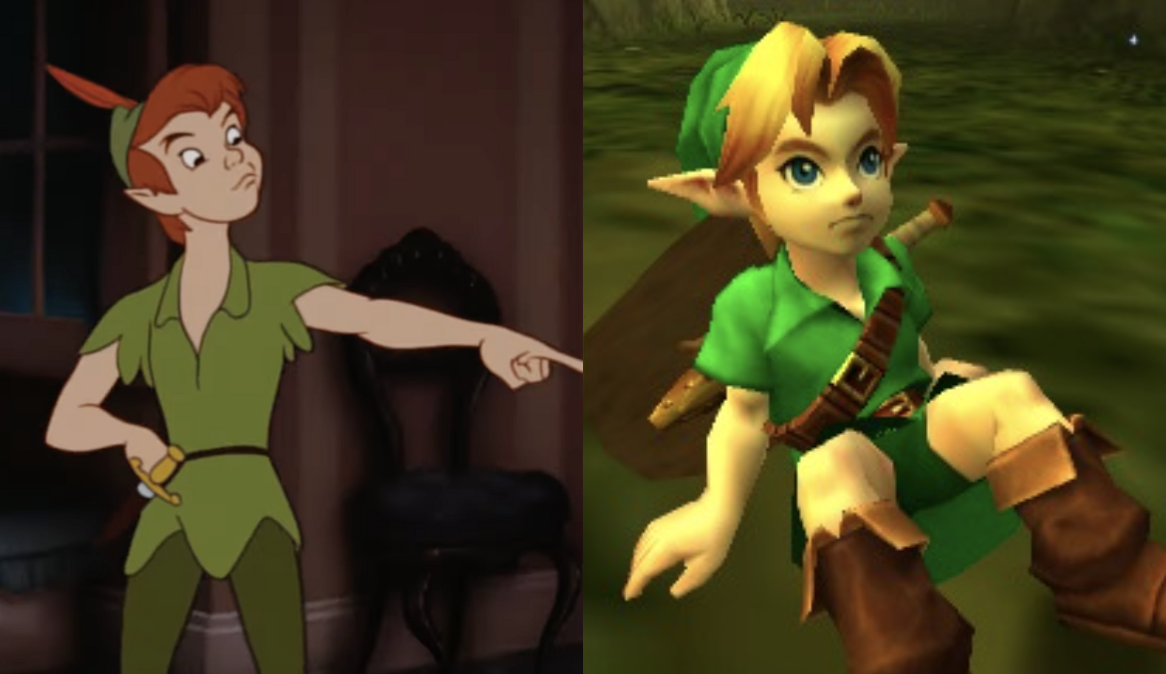
As one of gaming’s most iconic characters, The Legend of Zelda’s protagonist Link is instantly recognizable due to his forest green, elven outfit. Game designer Takashi Tezuka was inspired by the look of Disney’s Peter Pan, which can clearly be seen in Link’s collared tunic, shorts and trademark pointy hat.
The Triforce symbol originally belonged to an ancient Japanese samurai clan
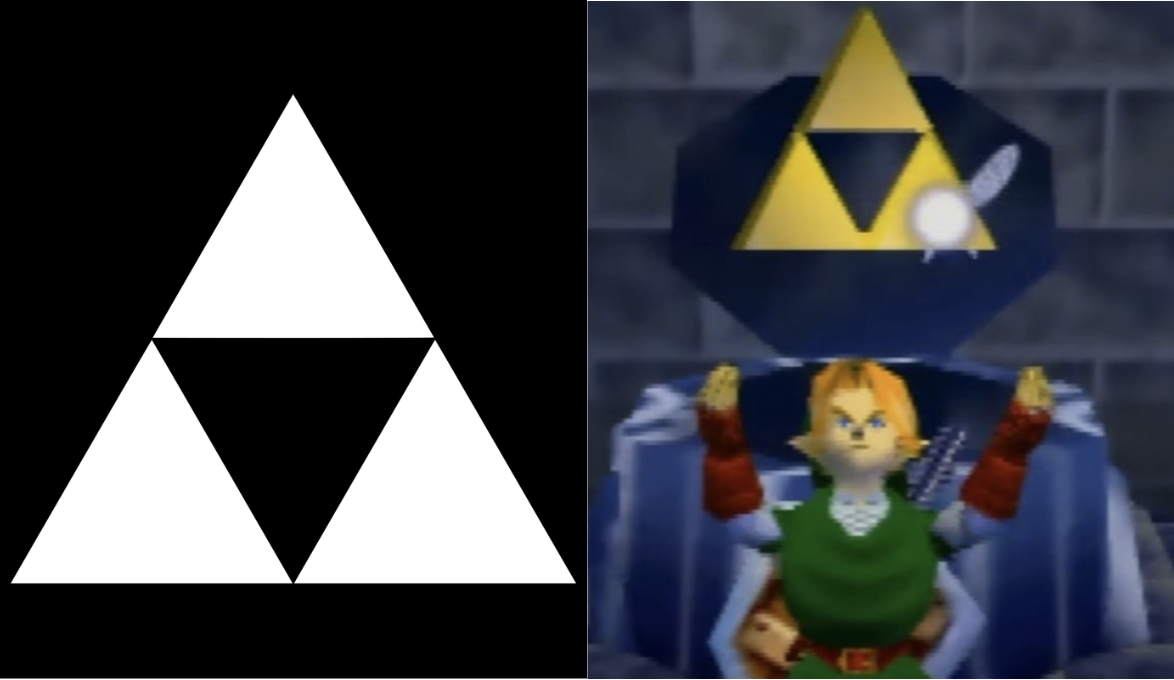
The Triforce is an important symbol throughout The Legend of Zelda franchise, and has become one of gaming’s favorite icons. The symbol was inspired by the familial crest of the Hōjō clan, a family of samurais who wielded power in 12th century Japan. The clan were known as early practitioners of Zen Buddhism, which focuses on balance – an important aspect of the Triforce.
Each Zelda game features the same secret phrase
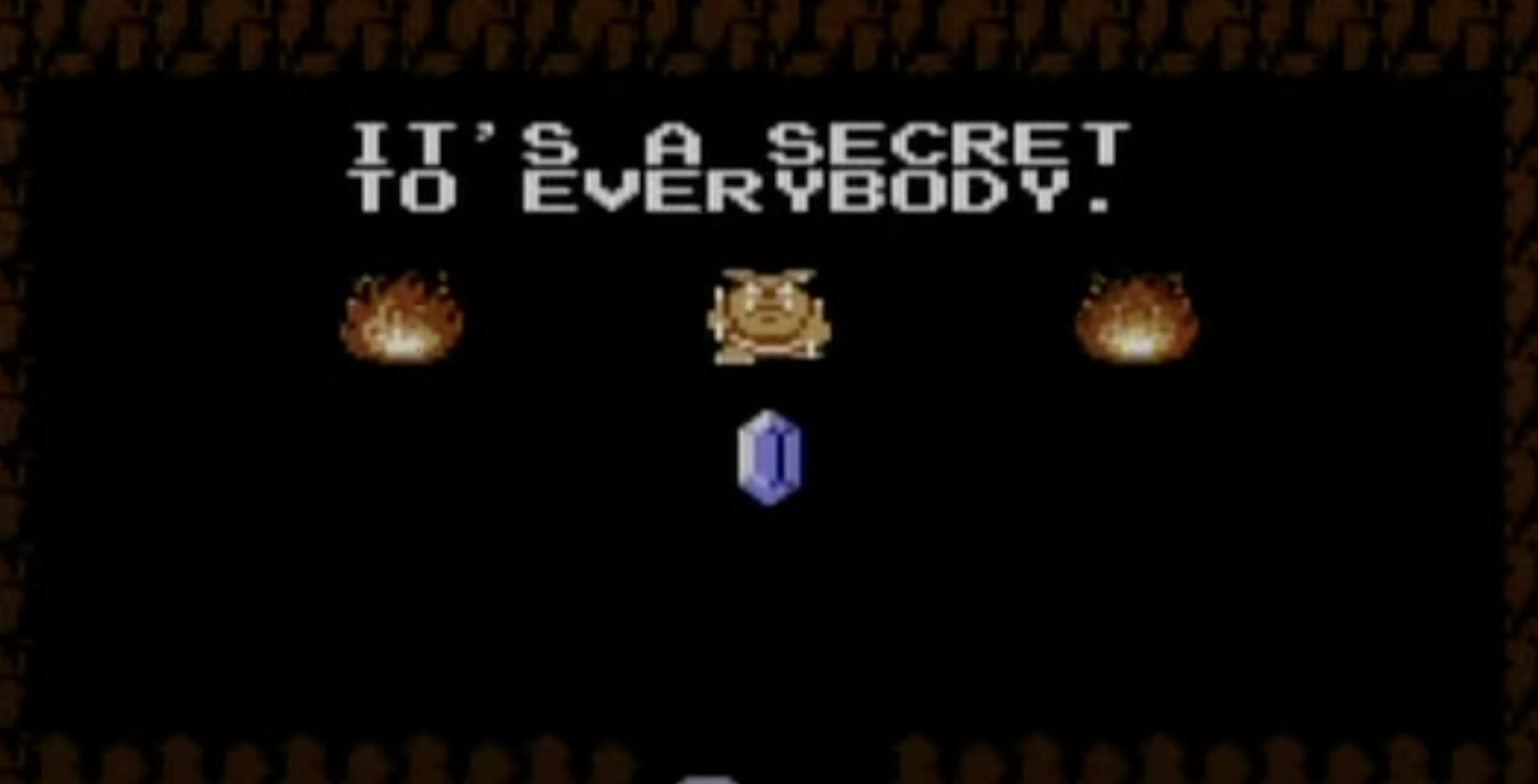
During the early days of Nintendo, many games coming from Japan had odd mistranslations into English. 1986’s The Legend of Zelda included the slight unnatural sounding line ‘it’s a secret to everybody’, which has gone on to become a beloved fan Easter egg. Since then, each Zelda game has featured some iteration of this strange phrase.
Link is intentionally androgynous
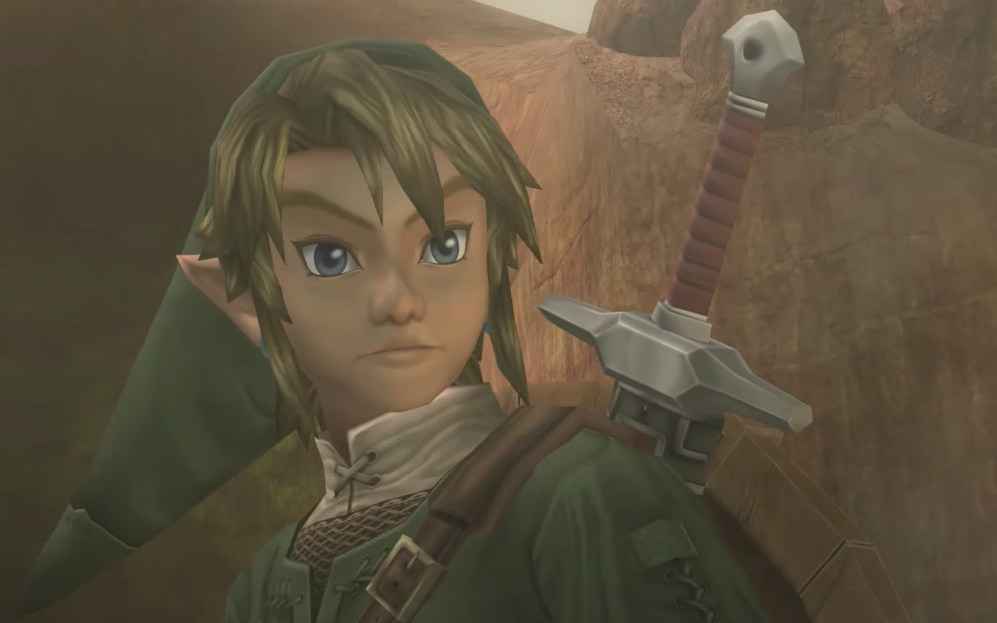
Canonically, Link is a male, although given his feminine features and flowing locks, you’d be forgiven for thinking otherwise. This is entirely intentional, as producer Eiji Aonuma wanted Link to be a relatable, accessible hero for players of all genders – hence Link’s gender neutral appearance.
One game inspired a terrifying urban legend
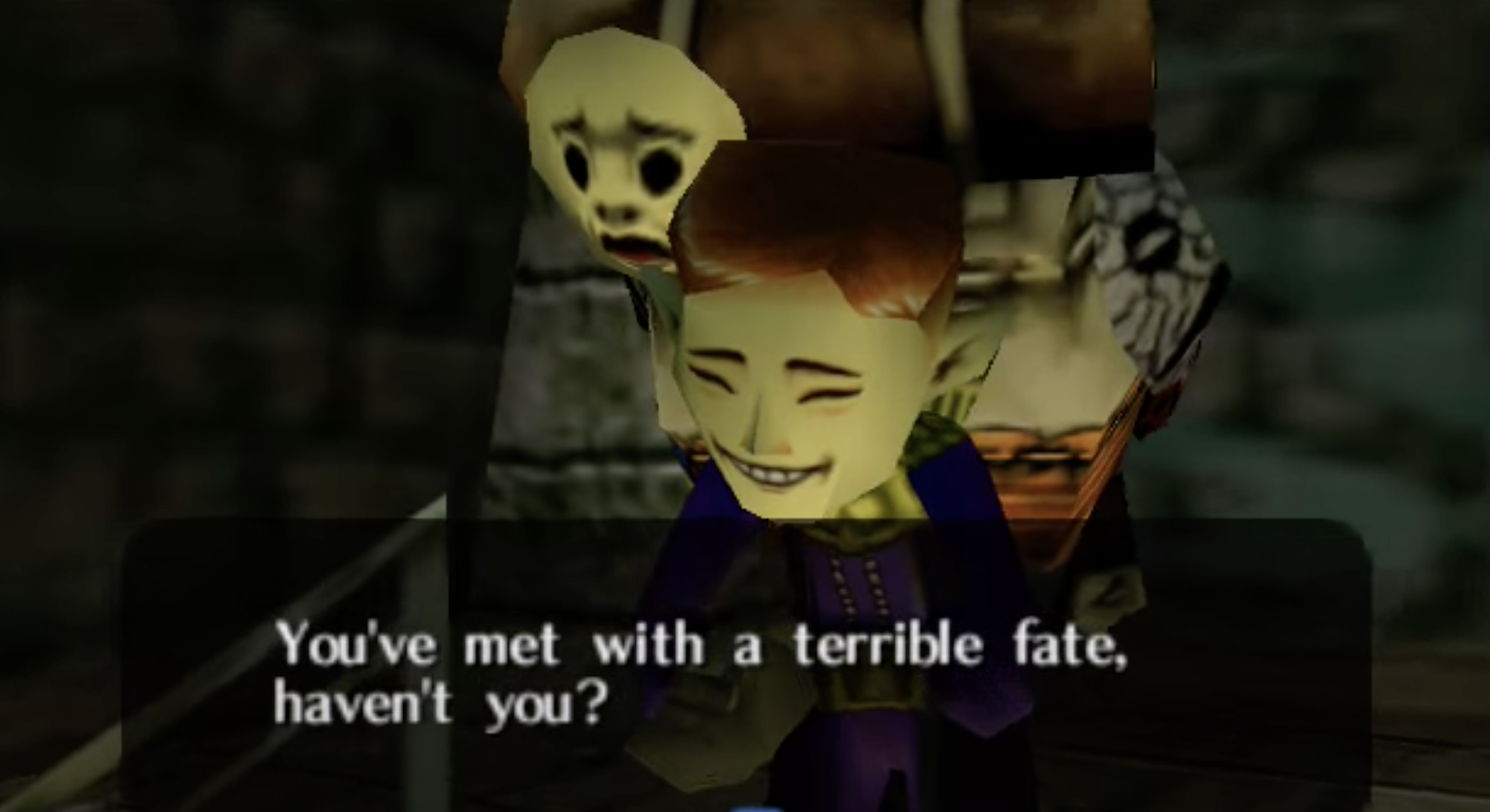
Often regarded as the darkest game in The Legend of Zelda series, Majora’s Mask serves as the inspiration of one of the most infamous creepypastas on the internet. The multimedia webseries created by Alexander D. Hall follows a college student haunted by a malevolent spirit using a Majora’s Mask game to do its evil bidding. Many believed the story to be real, and so a modern urban legend was born.
Robin Williams loved the series so much he named his daughter after it
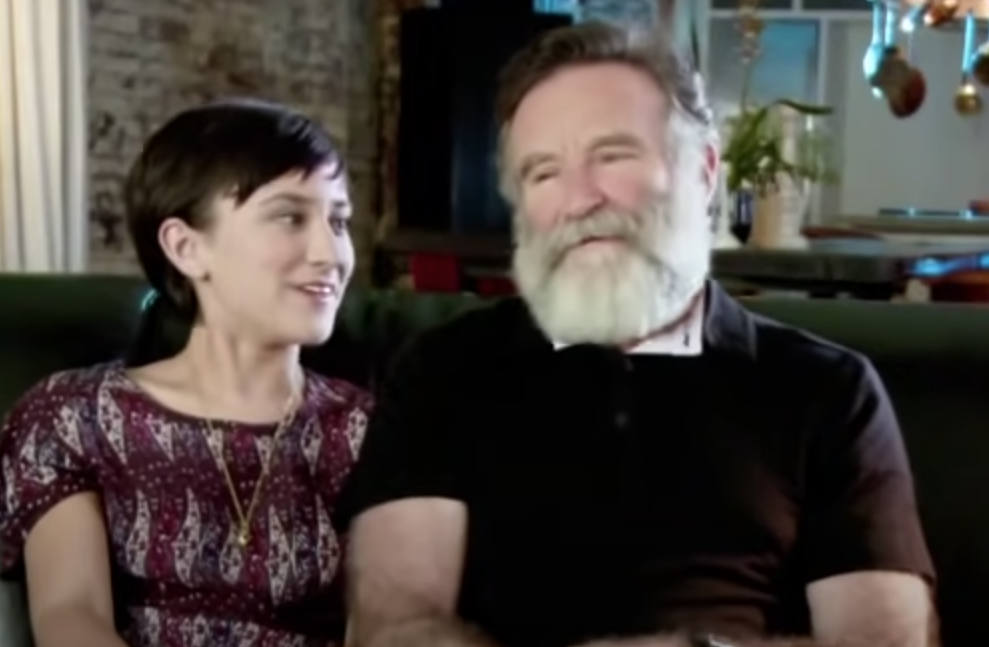
The legendary, late comedian Robin Williams was famously a huge fan of Nintendo, especially The Legend of Zelda series. Williams loved the game so much he named his first daughter after the titular princess. Zelda Williams has gone on to become an actor and writer in her own right, and has retained her love for the franchise, stating that Majora’s Mask is her favorite game.
A live-action series was rumored to be in the works
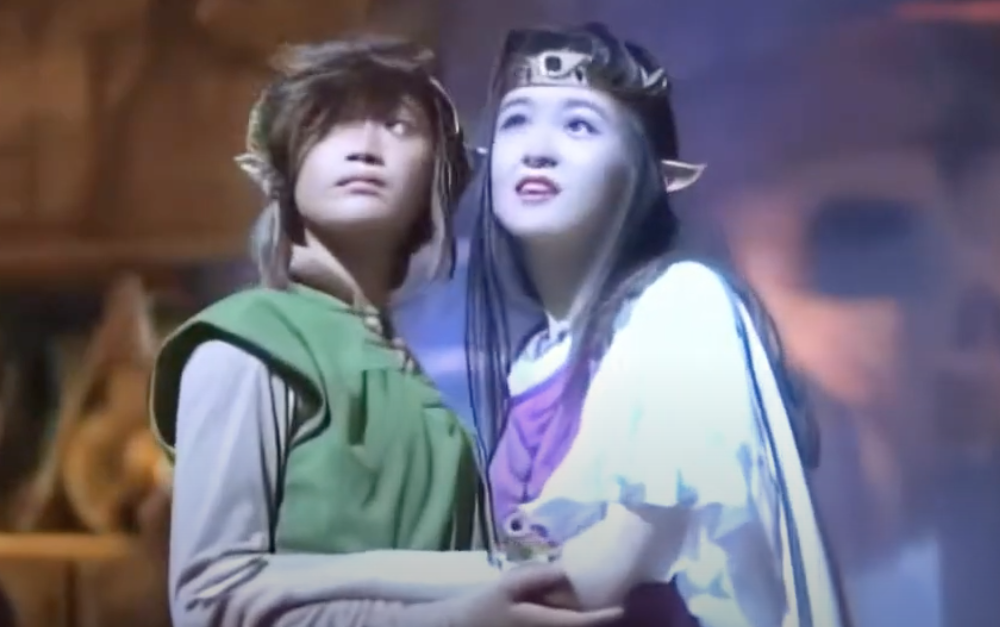
According to comedian and voice actor Adam Conover, a live-action The Legend of Zelda television show was reportedly being developed by Netflix in 2015. However, details of the show were leaked, leading to Nintendo pulling the plug on the project. Given the massive success of 2023’s Super Mario Bros. Movie, it’s possible that Nintendo might look more kindly on a Zelda movie now.
Link’s Awakening was inspired by Twin Peaks
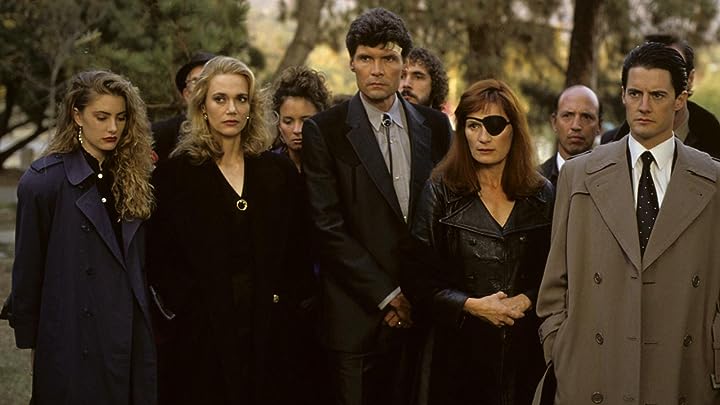
When thinking of influences on the bright and colorful world of The Legend of Zelda, David Lynch’s dark and surreal 90s drama Twin Peaks might not be the first thing that springs to mind. However, when producing 1993’s The Legend of Zelda: Link’s Awakening, director Takashi Tezuka has said he was inspired by the show’s wide array of odd characters and ‘distinctive characteristics’.
One fan has taken her collecting to the extreme
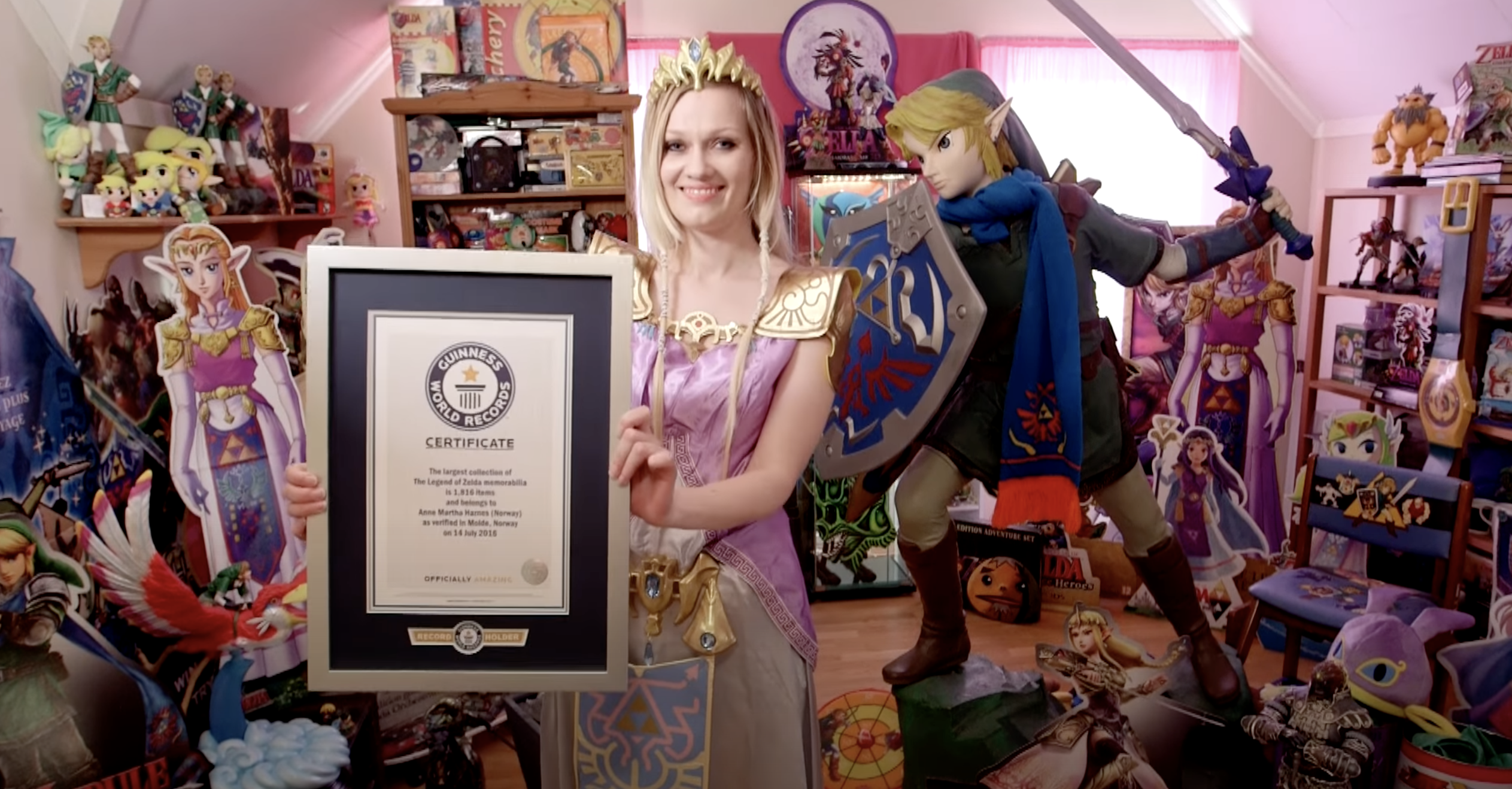
Like all good franchises, The Legend of Zelda has spawned all manner of merchandise – from plushies to pencil cases to pillowcases. One fan however, Anne Martha Harnes from Norway, has amassed a massive merch collection comprising of 1,816 individual items. Anne is the proud holder of the Guinness World Record for Largest Collection of The Legend of Zelda Memorabilia.
Epona is named after a Celtic goddess
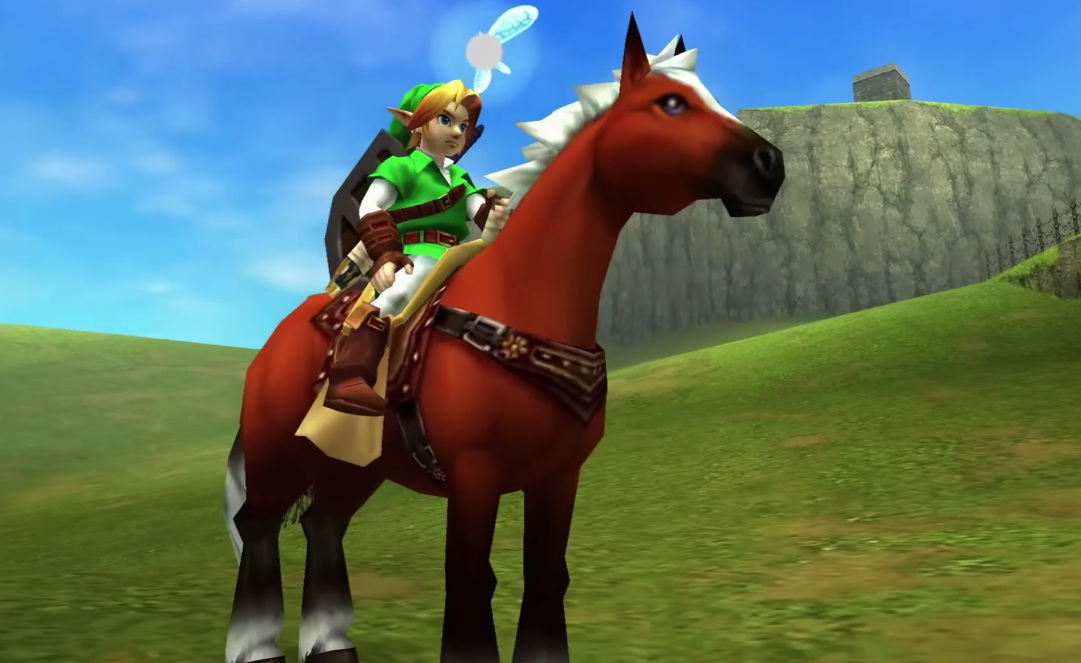
Link’s trusty steed Epona has been a loyal and loved friend since her first appearance in Ocarina of Time. Since then, she has accompanied Link on his adventures across many other Zelda games. Epona is named after the Celtic goddess of horses. Epona (the goddess, not the horse) even has her own festival on Mackinac Island, Michigan.
The first game was meant to launch on floppy disks

Before Nintendo settled on the cartridges of their Entertainment System, it was thought that The Legend of Zelda would be released on floppy disks. One intriguing option was to have a memory storage function that permitted players to save the dungeons they had created, and show them off to their friends.
Hylian civilisation is inspired by medieval Europe
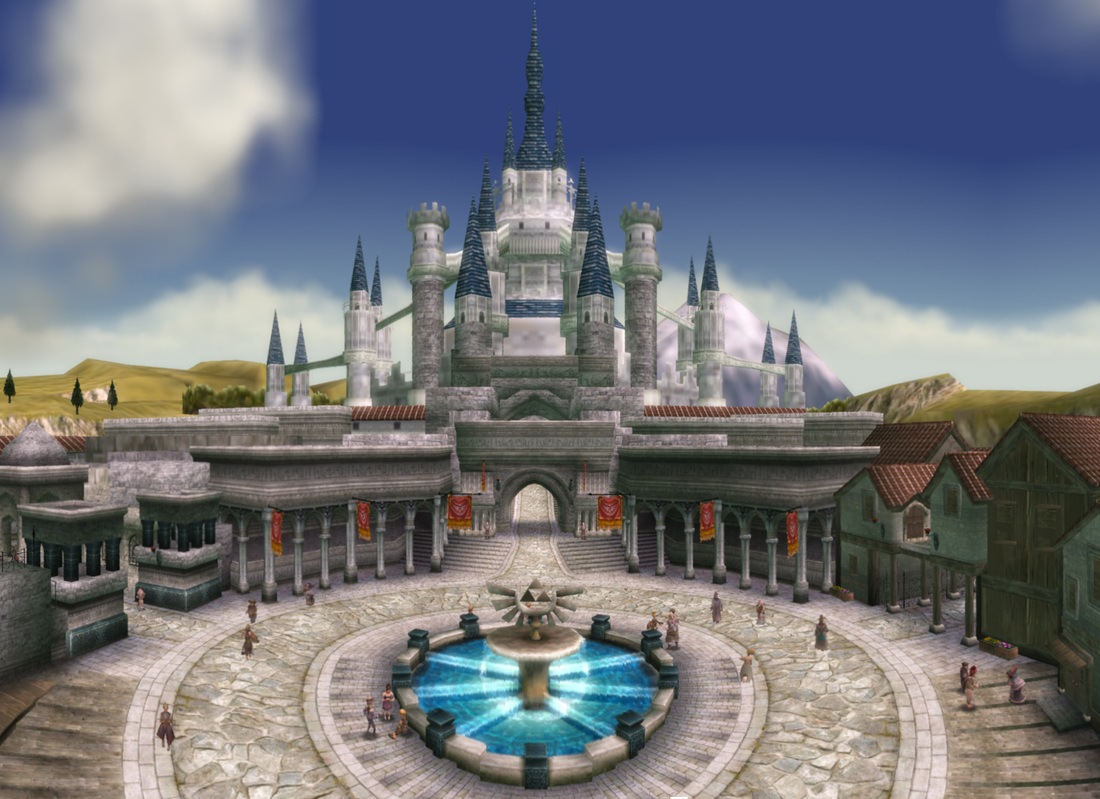
The Japanese designers of The Legend of Zelda searched far and wide for inspiration, and their research took them deep into the history of medieval Europe. The Hylian people are largely inspired by this era, with their architecture mirroring medieval palaces and cathedrals, and their clothing resembling medieval tunics and breeches.
The worst Zelda games were an eyesore for the ages

Released on the same day in 1993, Zelda: The Wand of Gamelon and Link: The Faces of Evil are widely regarded as the worst Zelda games, and even by some to be the worst video games in existence. Their uninspired gameplay was criticised for its patchy voice acting and ugly animation style.
There’s a Mario lookalike in Ocarina of Time
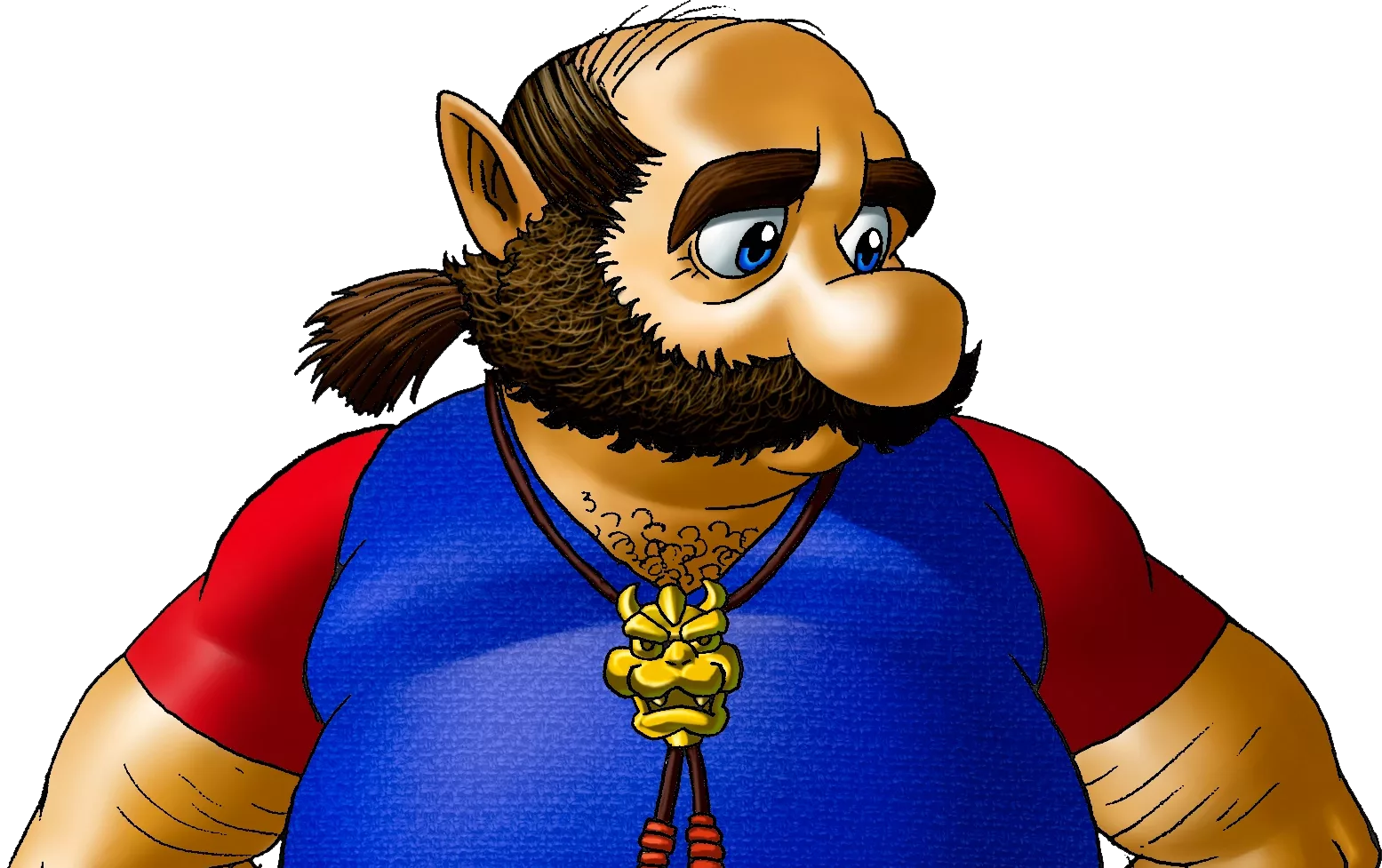
The Legend of Zelda franchise is peppered with cameos and references to the Super Mario series, since Zelda’s creator Miyamoto is also the brain behind Mario. For instance, in Ocarina of Time, Talon and Ingo are designed to resemble Mario and Luigi, while Malon and Talon both sport a Bowser brooch.
Zelda’s namesake is F. Scott Fitzgerald’s wife
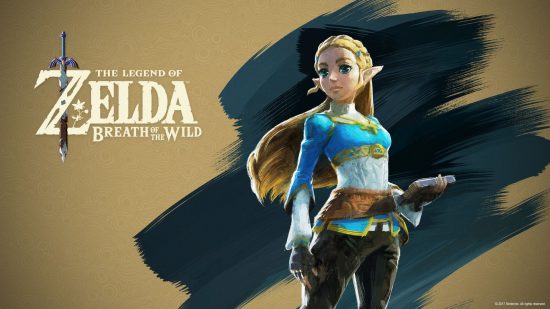
After the name Link had been chosen for the first game’s protagonist, it was a Nintendo PR whizz who suggested that the princess should be named Zelda. This rare name was inspired by Zelda Fitzgerald, who was an author, socialite, and wife of Great Gatsby author F. Scott Fitzgerald. “She was a famous and beautiful woman from all accounts, and I liked the sound of her name,” Miyamoto later commented.
A dangerous childhood adventure inspired The Legend of Zelda
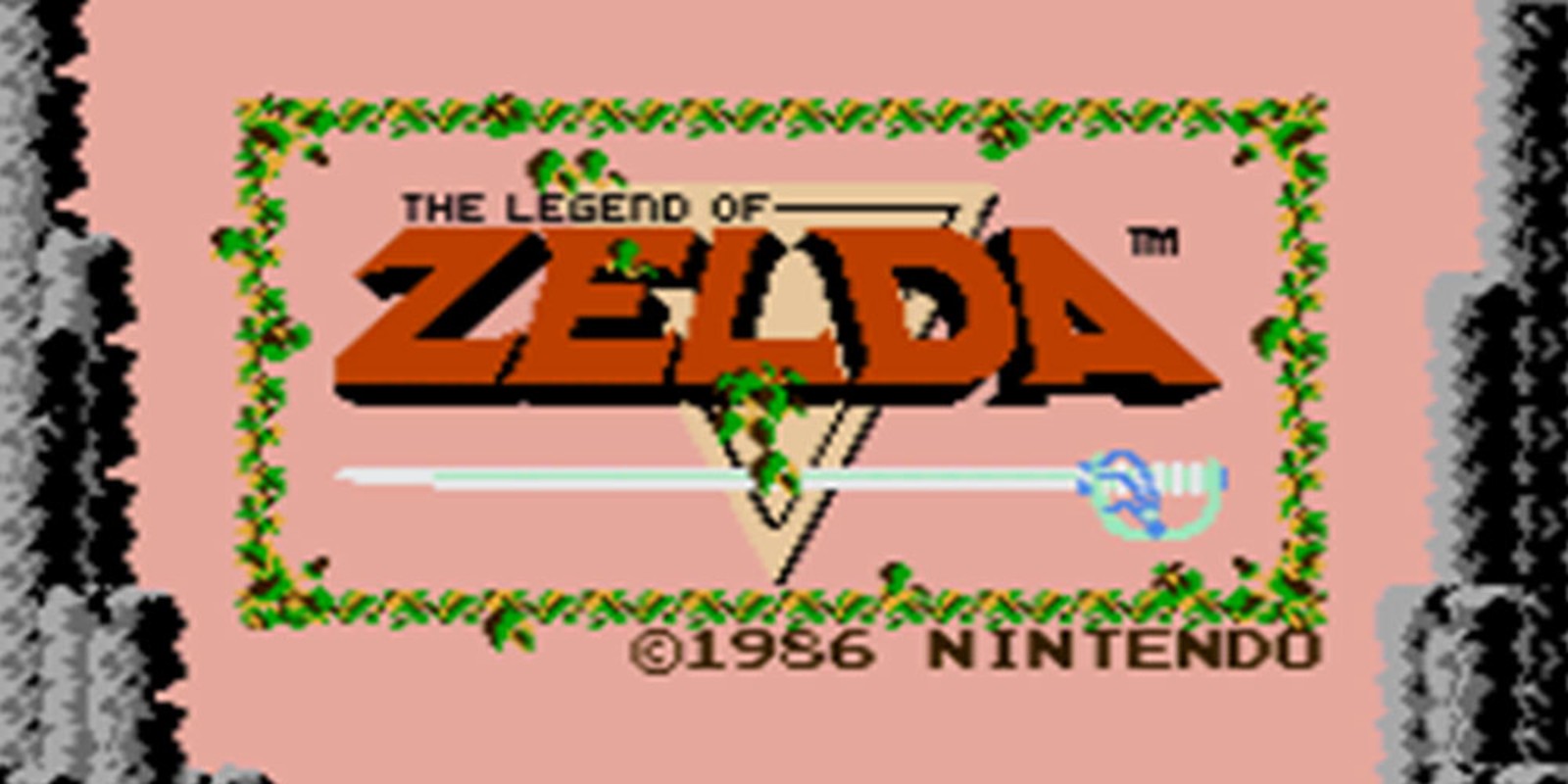
Zelda’s maker, Shigeru Miyamoto, grew up in a town near Kyoto, Japan, and as a child he once discovered a cave network in the local countryside. At first afraid, he wondered whether to enter, but after several days he decided to explore the cave and was soon enchanted. Miyamoto tried to fill his game The Legend of Zelda with this spirit of adventure, and the possibilities of the unknown.
The Sheikah were inspired by the Jōmon period of Japanese history
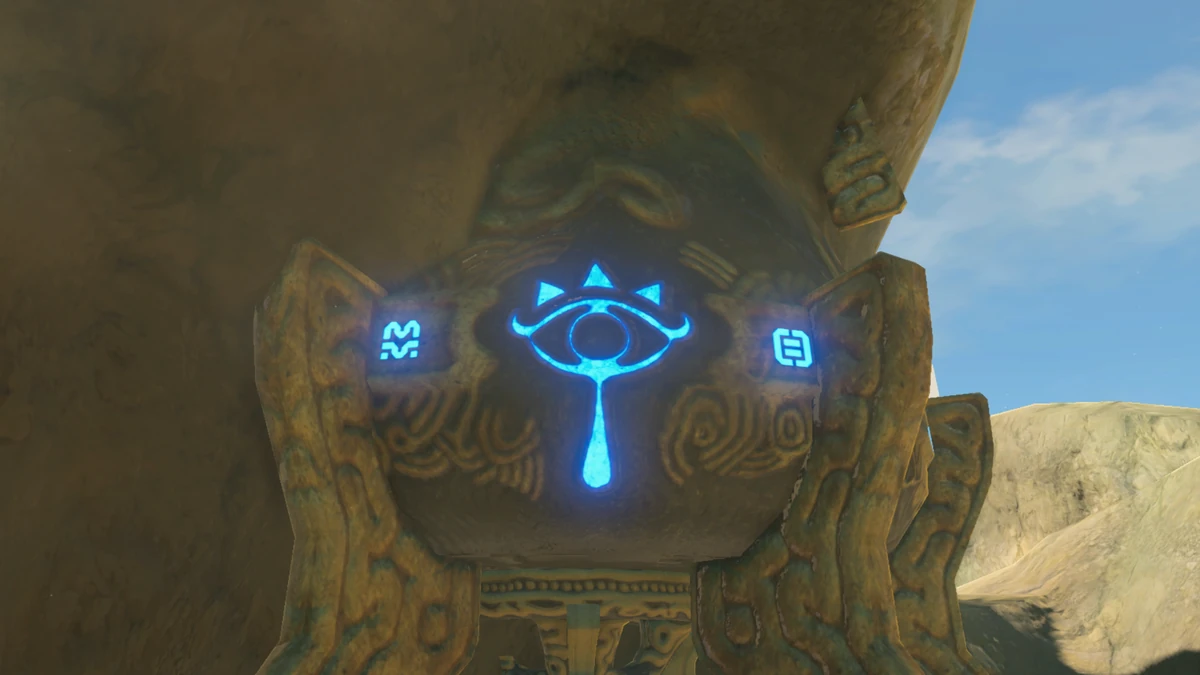
Although the Sheikah people have been depicted wearing clothes and living in houses inspired by Japan, this association is taken further in Breath of the Wild. The ancient Sheikah technology that Link discovers throughout the game was specifically inspired by the look of ancient pottery from Japan’s Jomon period.
You can find Link in some unexpected places
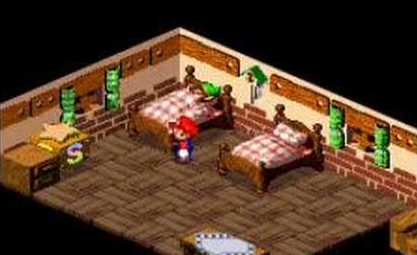
You may well know that Link has featured in the Super Smash Bros. since its first release, as well as Mario Kart 8 Deluxe. However, Link’s first ever cameo was in Super Mario RPG: Legend of the Seven Stars, where Mario comes across Link as he takes a nap at the Rose Town Inn.
The King of Red Lions may be inspired by Greek mythology
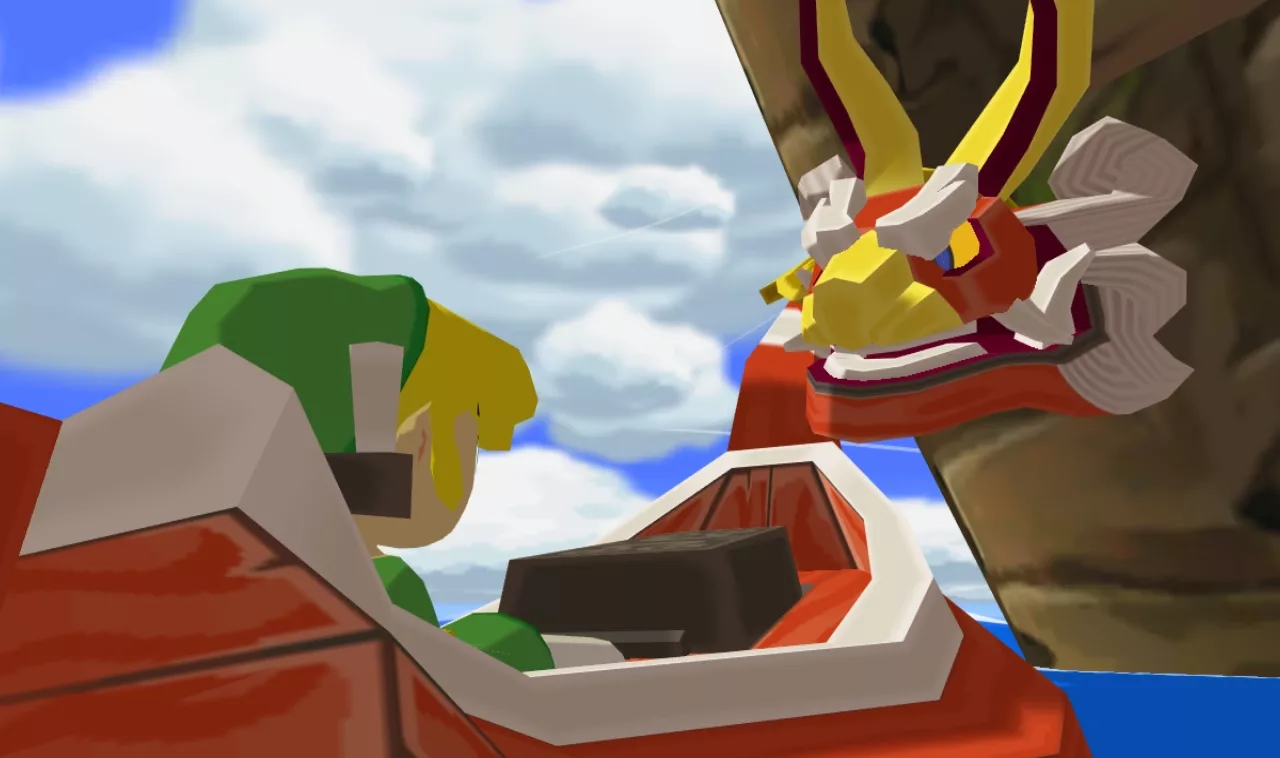
Remember the talking boat, The King of Red Lions, that features in The Wind Waker? “As wide as the world is, I am the only boat upon it who can speak the words of men,” it claims. However, there is another famous talking boat in literature: the Argo, which bore Jason and the Argonauts to Colchis.
Nintendo didn’t release an official chronology until 2011

You can tell from Link’s ever-changing age that the Legend of Zelda games were not released in chronological order. The earliest tale within the game’s universe is in fact Skyward Sword, which came out in 2011. In the same year, Nintendo published a full chronology, which shows three separate timelines splitting off after Ocarina of Time: the Child Timeline, the Adult Timeline and the Fallen Hero Timeline.
Link can play a veritable orchestra of magical instruments
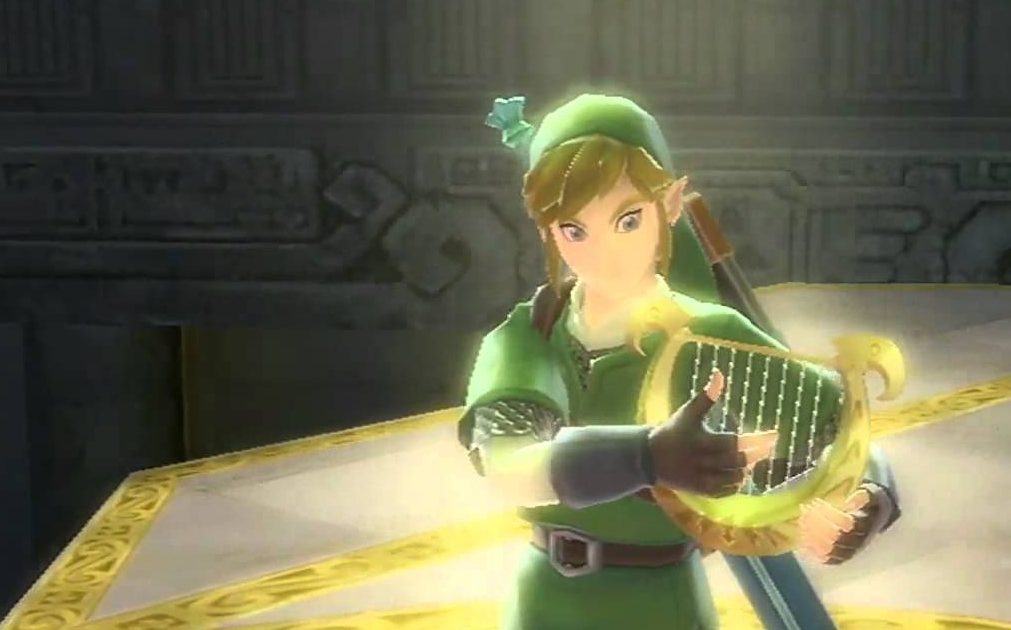
In almost every adventure, Link plays a magical musical instrument. Across the series, he shows off his talents on the harp, the ocarina, the guitar, the flute, the pipes and many more. In The Wind Waker, he is able to conduct the wind with a professional baton.
Link is the connecting point between time and space
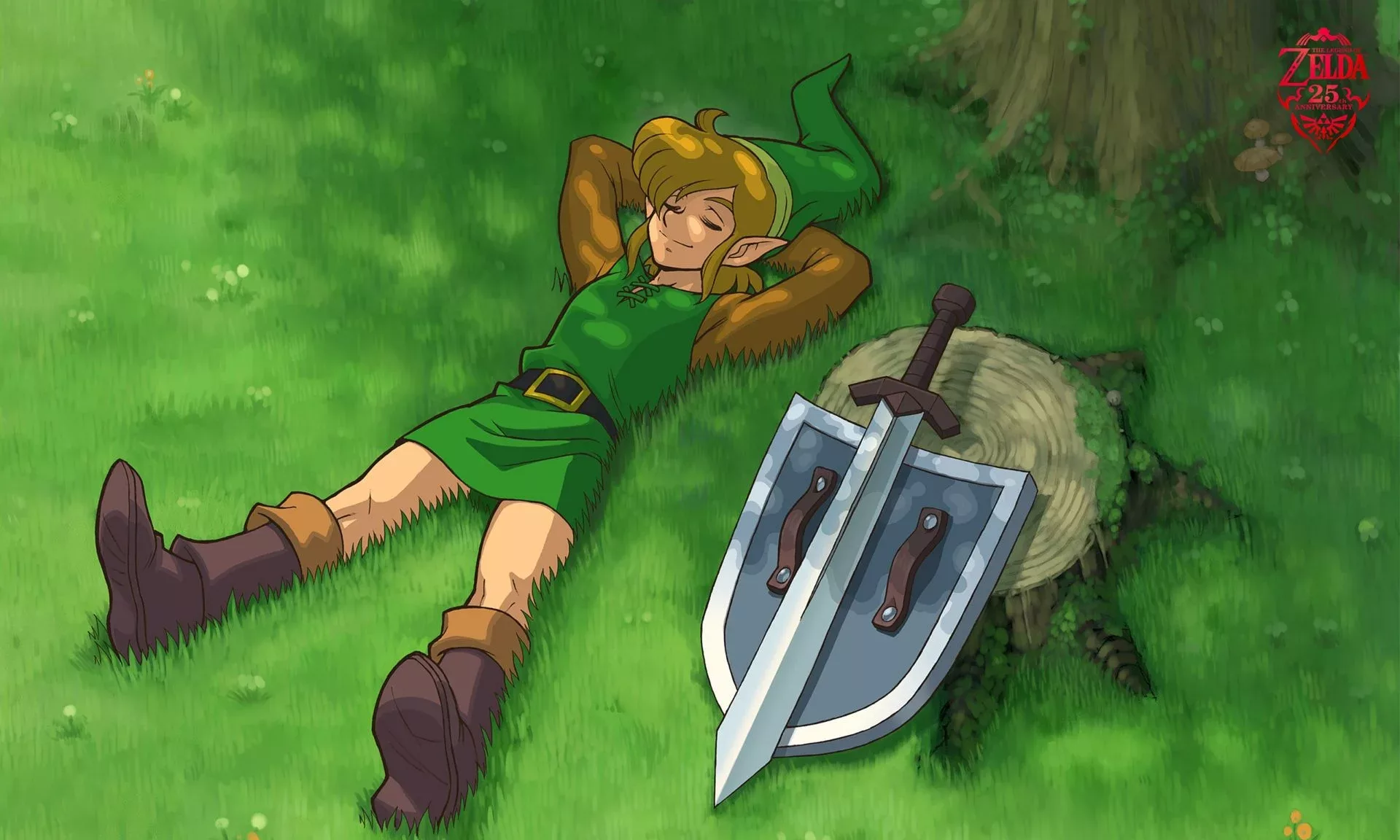
The name Link derives from Lincoln, which comes from the Old English word for a lakeside colony. But when naming his protagonist, Miyamoto had a more metaphorical goal in mind. “We named the protagonist Link because he connects people together,” he has explained. “He was supposed to spread the scattered energy of the world through the ages.”
One speed-runner completed Breath of the Wild in under 24 minutes
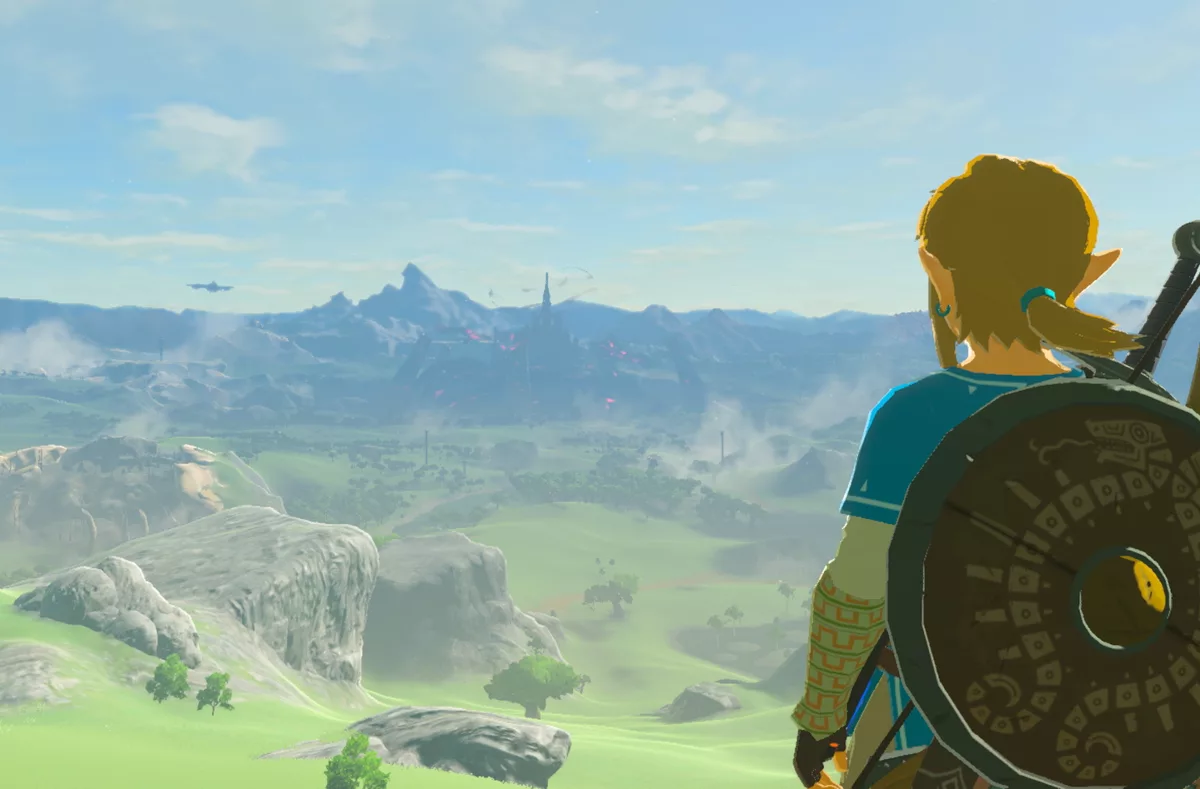
Thanks to The Legend of Zelda’s successes with Breath of the Wild, it has attracted many speed-runners, with the records continually broken. However, the latest record holder is Player5, who on January 2, 2023 managed to complete the game in an impressive 23 minutes and 51 seconds. The current runner-up is TrevorSR, at 24 minutes and 9 seconds.
Link is left-handed – most of the time
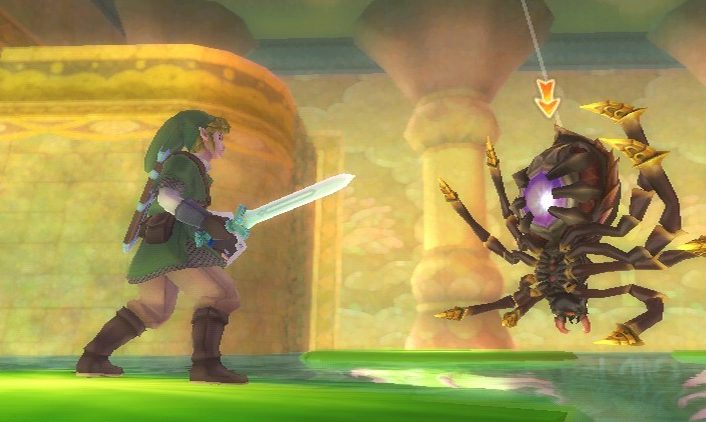
Shigeru Miyamoto is ambidextrous, but he decided that Link should be left-handed – a quality once steeped in superstition and punished against in many schools. Yet in the Wii version of Twilight Princess, eagle-eyed fans may have noticed that Link is instead using his right hand dominantly. This change was made to help right-handed players to use the Wii controller more easily.
The only monster that crops up in every game is the Stalfos Skeleton

The Stalfos Skeleton consistently features in every single Legend of Zelda game, but as enemies go, he isn’t particularly intimidating. You can usually find him lurking in dungeons and tombs, where he may fight against you by flinging his own bones. In the original game, they bore dual swords and turned up in levels 1 and 7.
The Legend of Zelda is literally gold
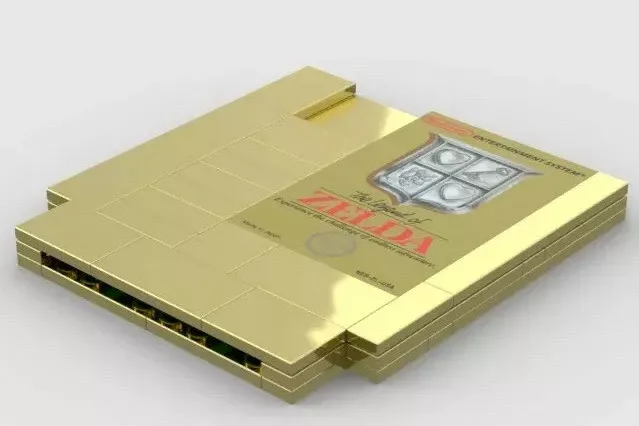
The 1986 game The Legend of Zelda came in beautiful gold packaging, at a time when NES cartridges rarely came in such flashy colours. In fact, The Legend of Zelda and its sequel, Link’s Adventure, are two of the very few gold NES cartridges, with one other designed for the Nintendo World Championships 1990 cartridge.
Breath of the Wild has an 8-bit prototype
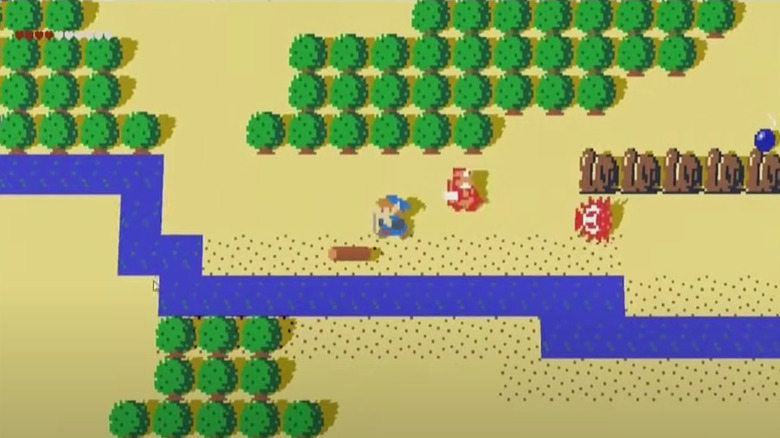
2017’s Breath of the Wild is a widely celebrated artistic achievement in the world of video games, but it had more basic beginnings. Its first prototype, designed to test out its interactions and mechanics, used the same 8-bit style and some of the assets of the very first Zelda game from 1986.
Squishes and plops were recorded by foley artists
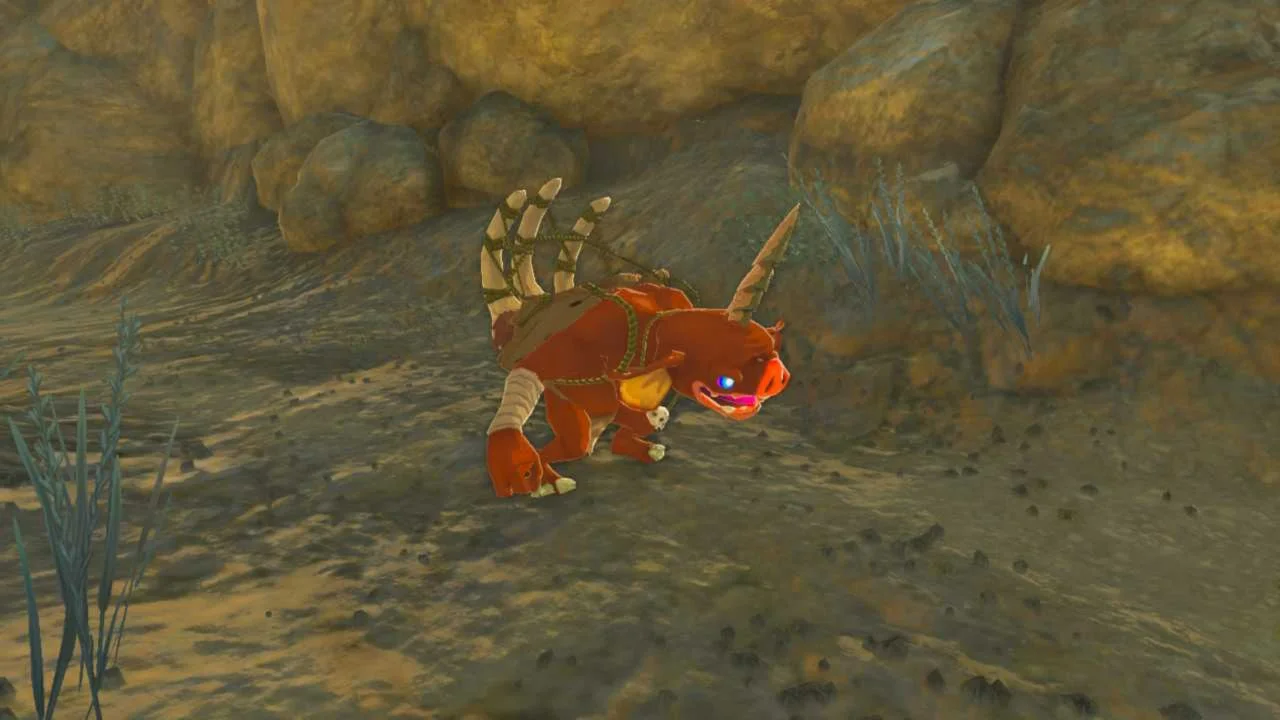
In Breath of the Wild, the game creators hired a team of talented foley artists to make lots of the background noises, and they sometimes found the perfect sound through unusual methods. On the sound of Bokoblins mining, the sound director commented: “It’s not a very loud noise, but we created it by sticking a finger in a wet cloth and squishing it around.”
The creators toyed with a first-person view
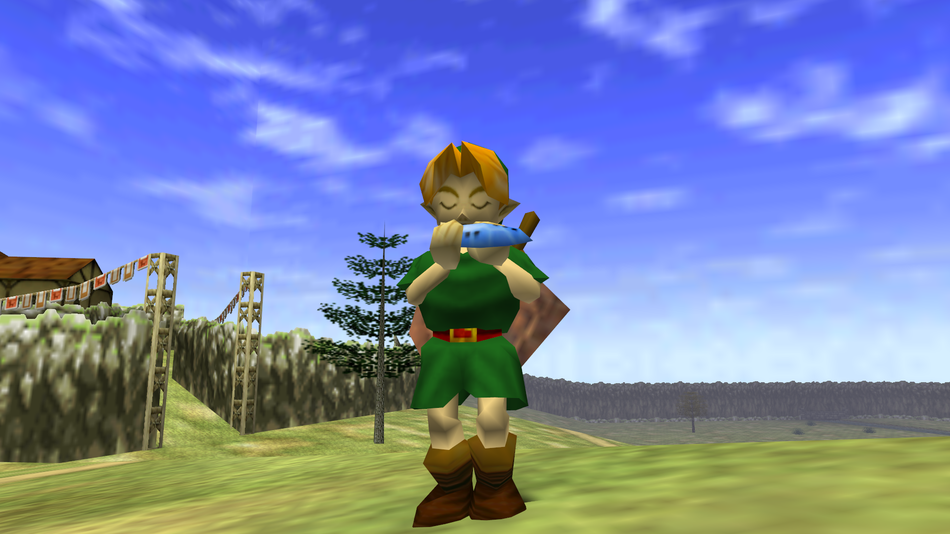
At first, the makers of The Legend of Zelda: The Ocarina of Time imagined that their game would be viewed in the first person, letting you see every detail around you up-close. However, Link is such a popular character that they soon decided they couldn’t erase him from the game, without upsetting fans.
Zelda’s theme music was never meant to exist
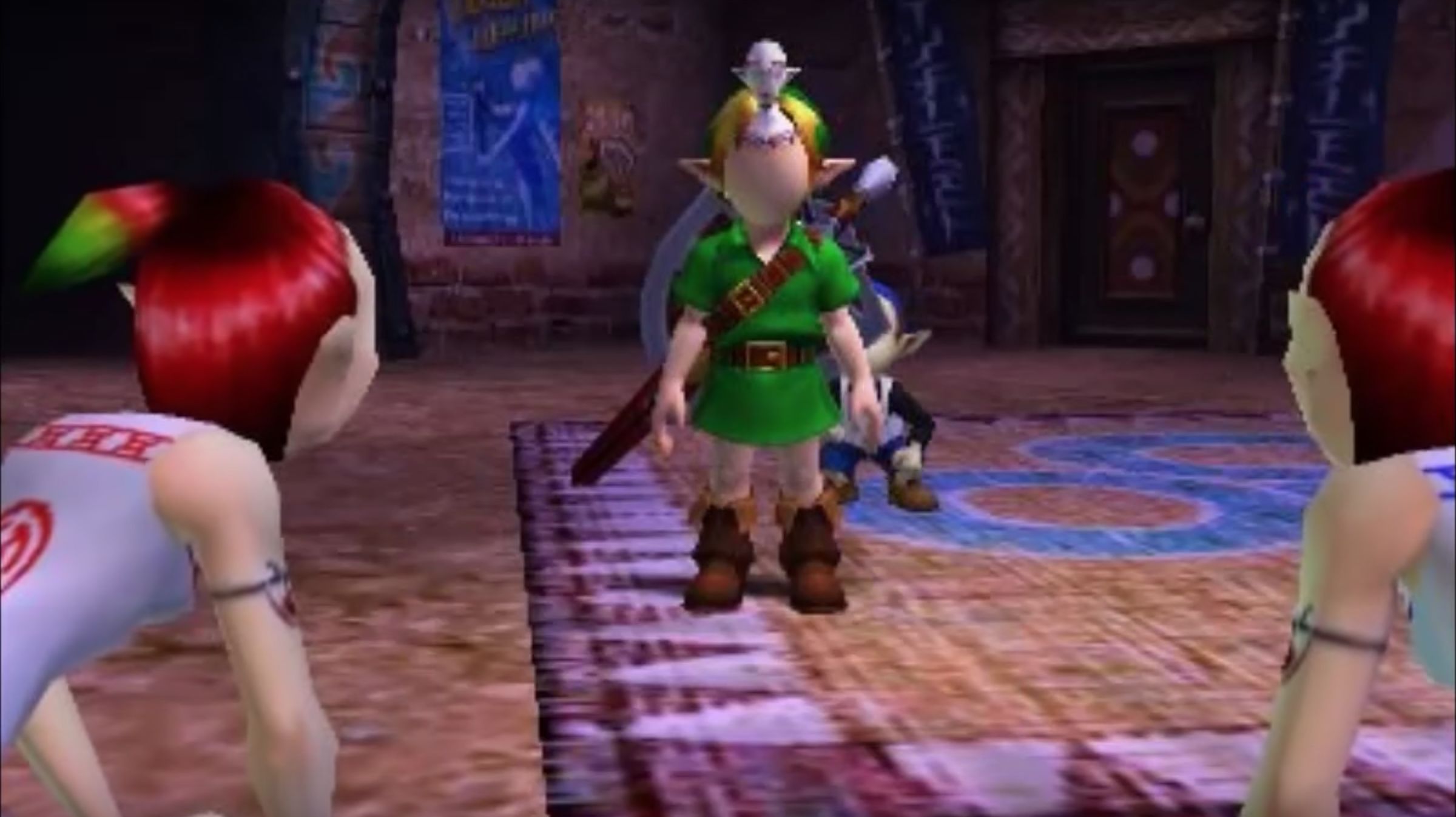
The theme to the Legend of Zelda has become a fan favourite over the series’ long existence, but the adventurous tune almost never came to be. Composer Koji Kondo originally hoped to use Maurice Ravel’s Bolero as a theme song, but the 1928 orchestral piece was still under copyright and so couldn’t be used.
You don’t need a sword for most of The Legend of Zelda
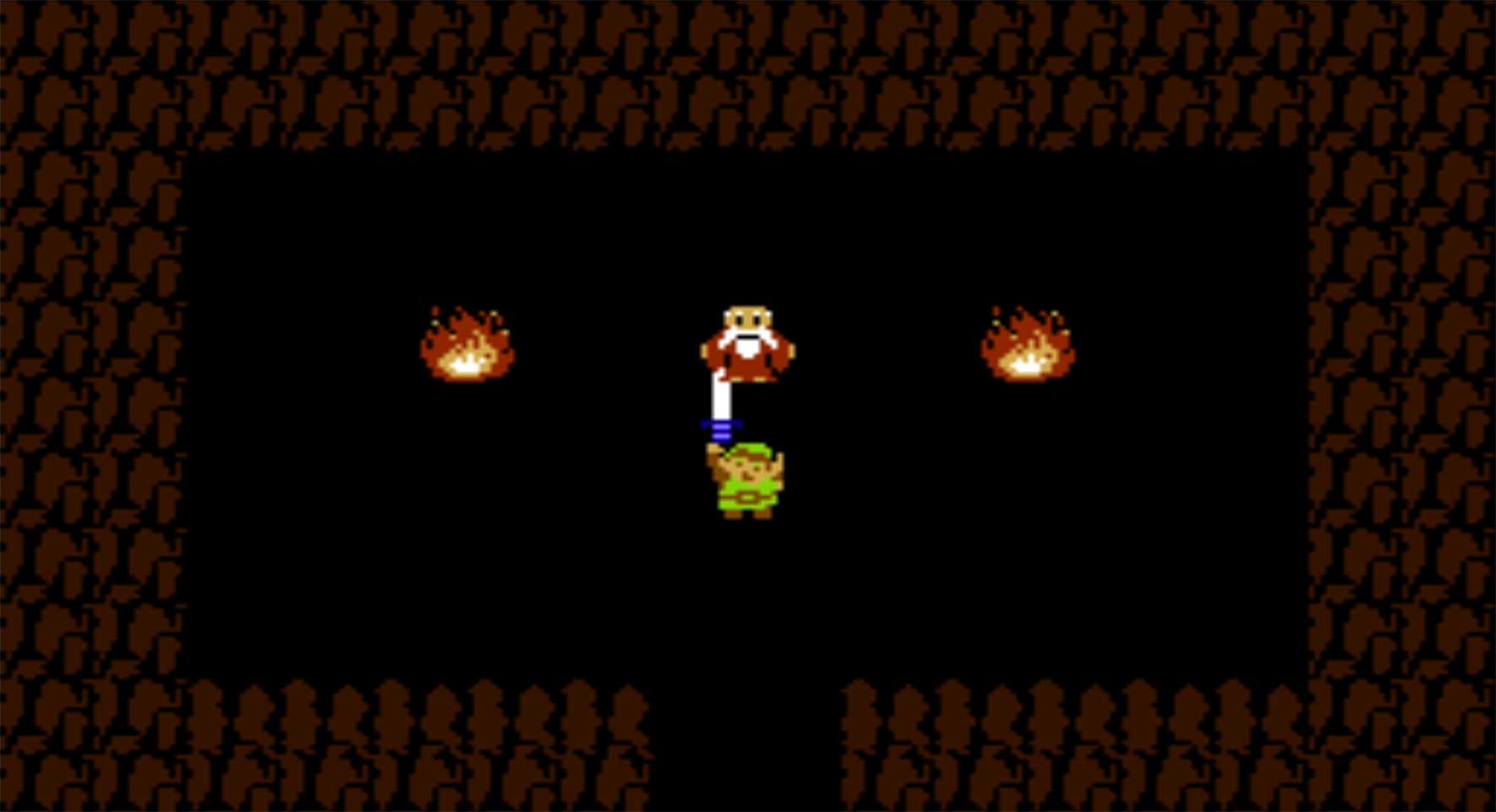
In the opening moments of The Legend of Zelda, an aged man offers Link a sword to begin his quest – but have you ever tried leaving the weapon by the wayside? You can technically fight through most of the game without a sword, with the exception of the final battle against Ganon.
A strange soldier divulges key plot points
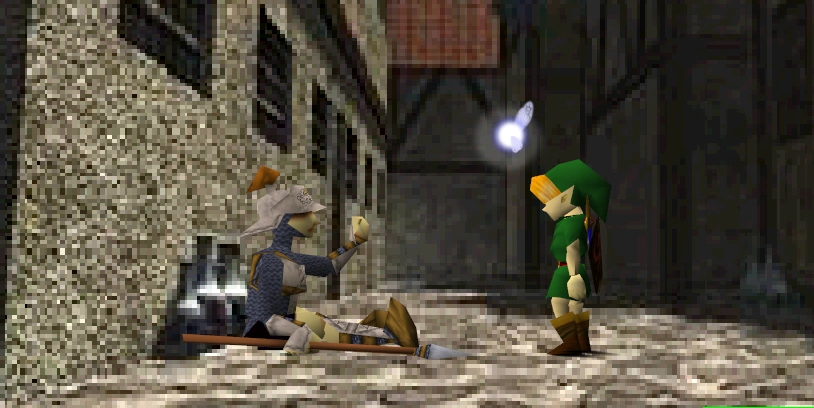
In a strangely compelling scene in Ocarina of Time, Link comes across an old soldier in a Hyrule Town alley, who tells him that Ganondorf has committed treason against the royal family. You can’t interact with him any further after this monologue, and some fans have guessed that it might be a remnant of a half-forgotten subplot.
Circling birds have hidden meanings
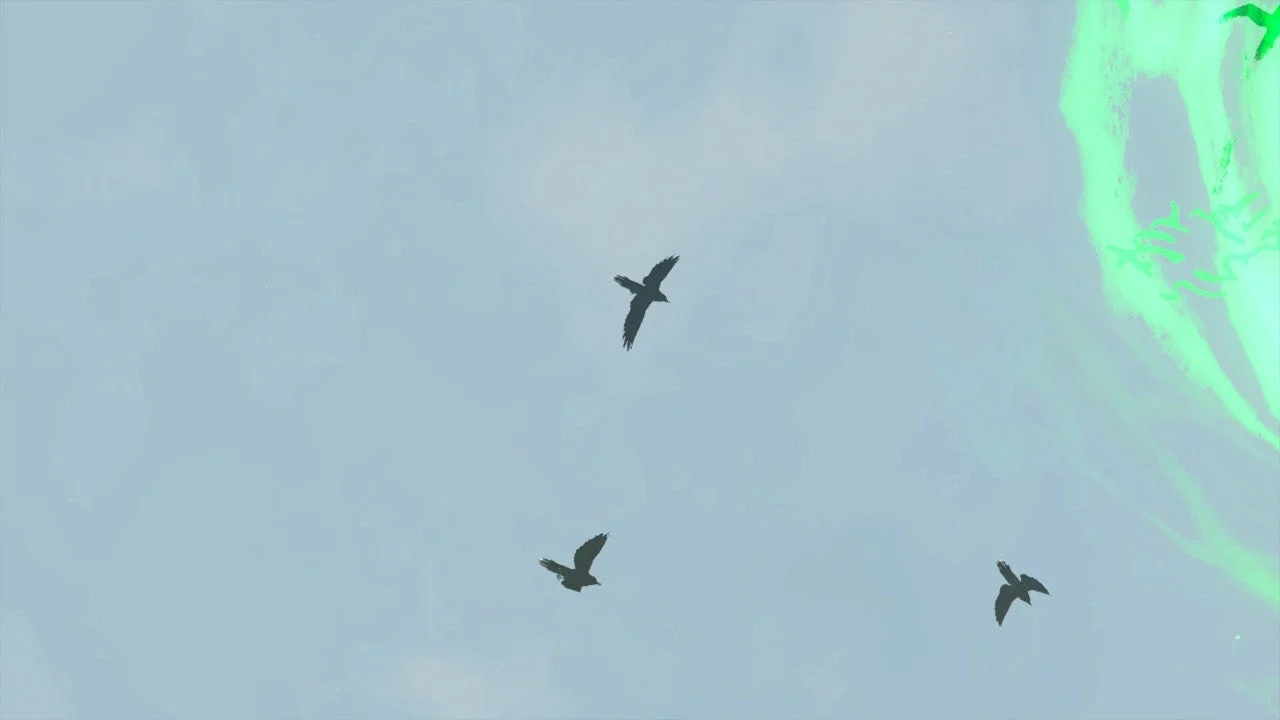
If you spot a flock of circling birds in Tears of the Kingdom or Breath of the Wild, it’s worth taking a closer look at the site below them. The presence of circling birds often indicates that there is a resource-rich cave or shrine in a certain area, where you can stock up on essentials or solve puzzles.
The enemies in Breath of the Wild largely ignore each other
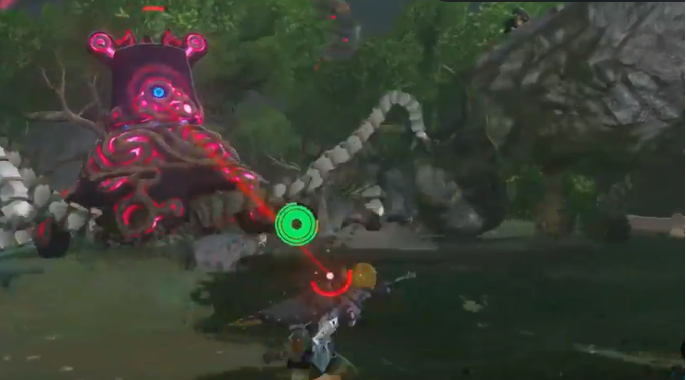
While the animals and friendly characters in Breath of the Wild are often seen interacting and engaging with one another, the enemies tend to keep their distance from other evil residents. The only way to provoke interaction between the enemies is to lead a Stone Talus towards a Guardian, which can end in a spectacularly explosive showdown.
There was an 80s cartoon show based on the franchise
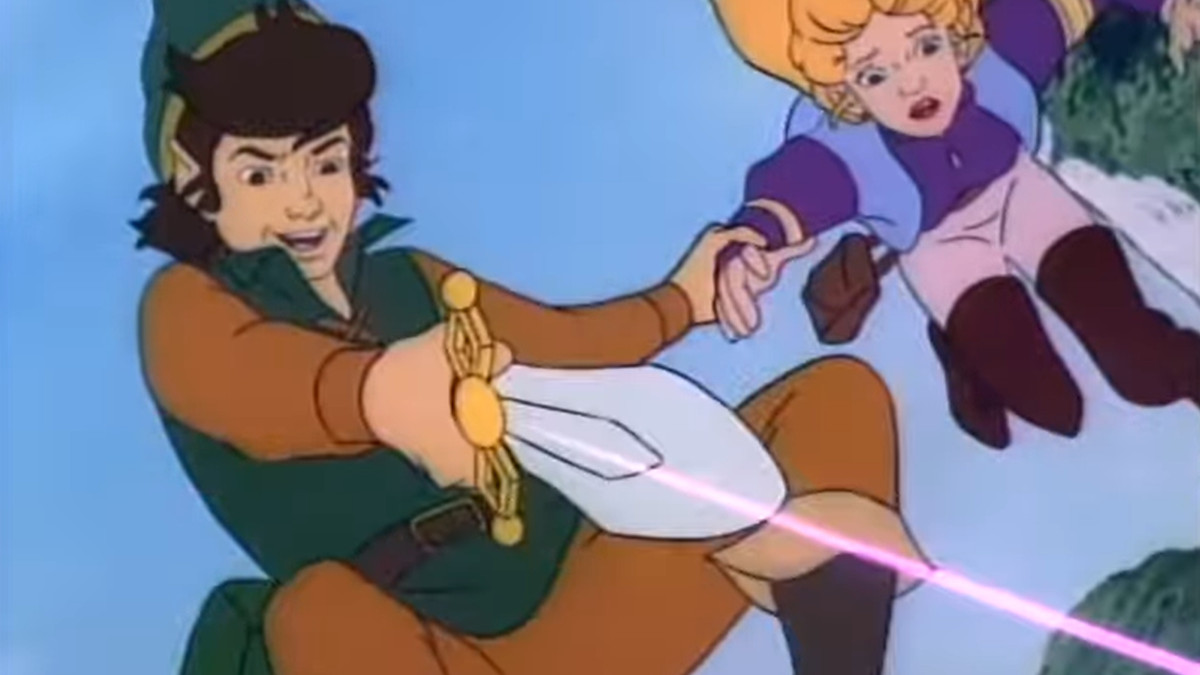
The Legend of Zelda cartoon aired from September to December 1989, but despite the game’s immense popularity, the show failed to live up to the hype. Something of a cult classic today, it featured enough ridiculous antics to satiate some fans, such as a scene where Link throws a bomb and uses the ensuing explosion to ride his shield into the sunset.
Pols Voices are sensitive to sound
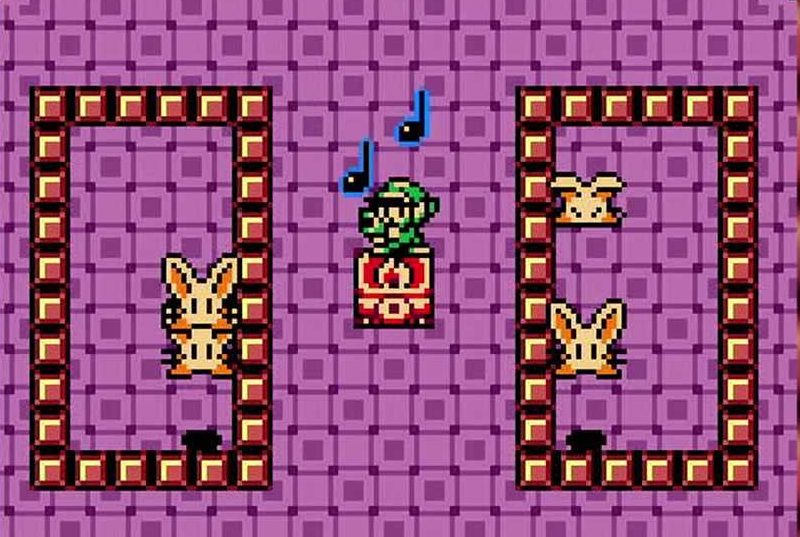
Did you know that the Japanese Nintendo Famicom System included built-in microphones that allowed sound to affect gameplay? If you played 1986’s The Legend of Zelda on one of these systems, you could fight against a Pols Voice by shouting on cue into the microphone.
One time, Link was voiced by a woman

A voice actress with many video game credits to her name, Fujiko Takimoto hails from Osaka Prefecture, Japan. As well as voicing Taki in Soul Caliber, she provided Link’s loud battle cry in Ocarina of Time and Majora’s Mask, as he emits a piercing ‘Hyaaaah!’
Tingle is quite the spin-off star in Japan
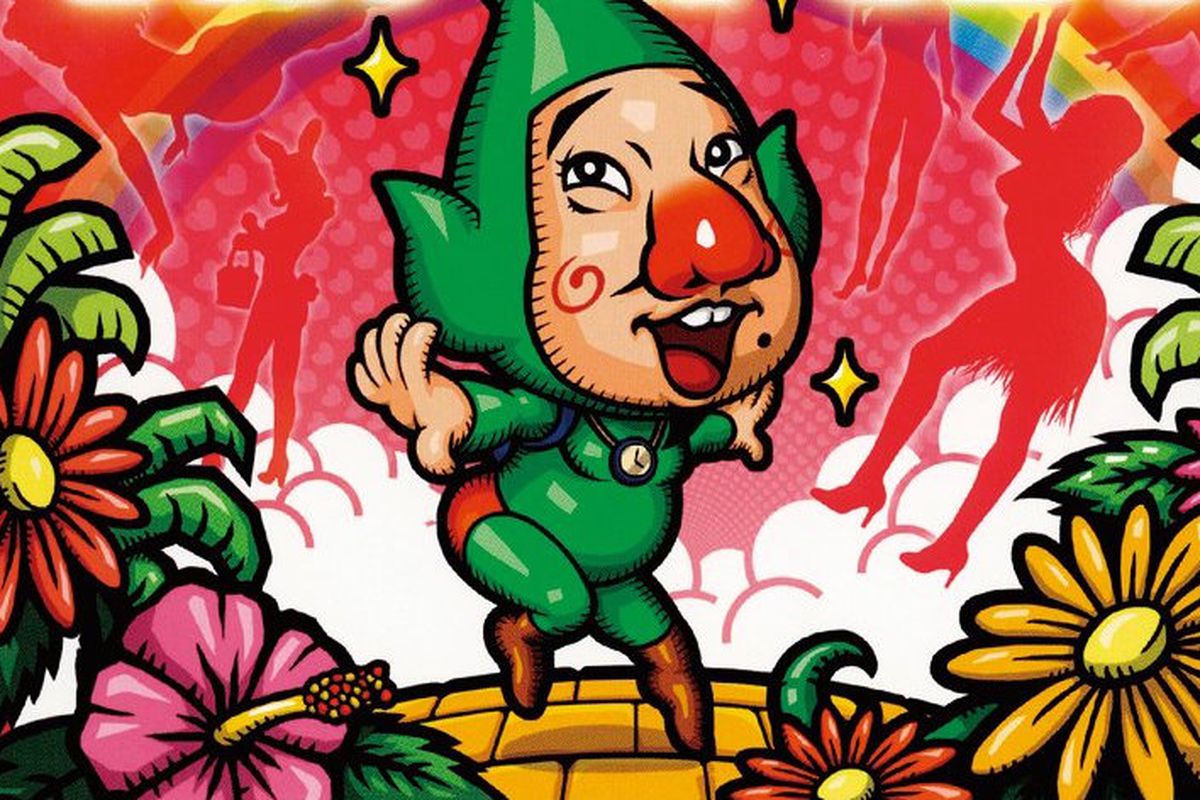
The bizarre Tingle, a middle-aged man in green tights who claims he is a fairy, is rather disliked in the West, despite enjoying a long-lasting popularity in Japan, where he even stars in two games of his own: Freshly-Picked Tingle’s Rosy Rupeeland, and Ripened Tingle’s Balloon Trip of Love. Only the former was ever released outside of Japan.
Only the multilingual will spot one developer joke
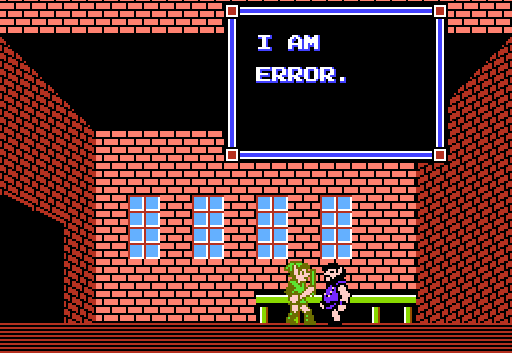
In Zelda II: The Adventure of Link, once NPC names himself with the immortal words “I am Error”, which has spawned a meme over the decades. Some players thought this might be a mistake on the part of the developers. In reality, it was an inside joke: elsewhere in the game, you can encounter a similar-looking character named Bagu, whose name is the Japanese word for ‘software bug’.
Breath of the Wild’s map has references to practically every other Zelda game
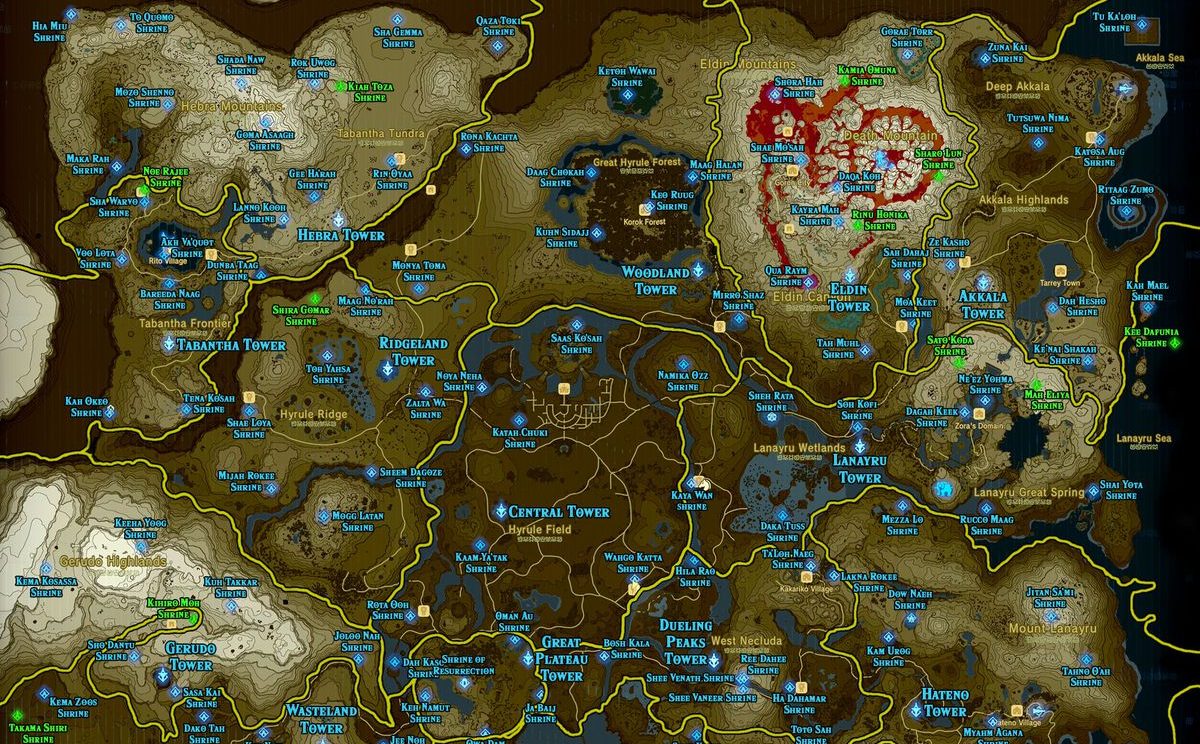
Thanks to its huge game world, the developers of Breath of the Wild were able to pack in lots of references to past Zelda games, from Tal Tal Peak, named after the Tal Tal Heights in Link’s Awakening, to Ruto Lake, referencing Princess Ruto from Ocarina of Time. There are over 65 such references throughout the game.
Link and Mario are technically related
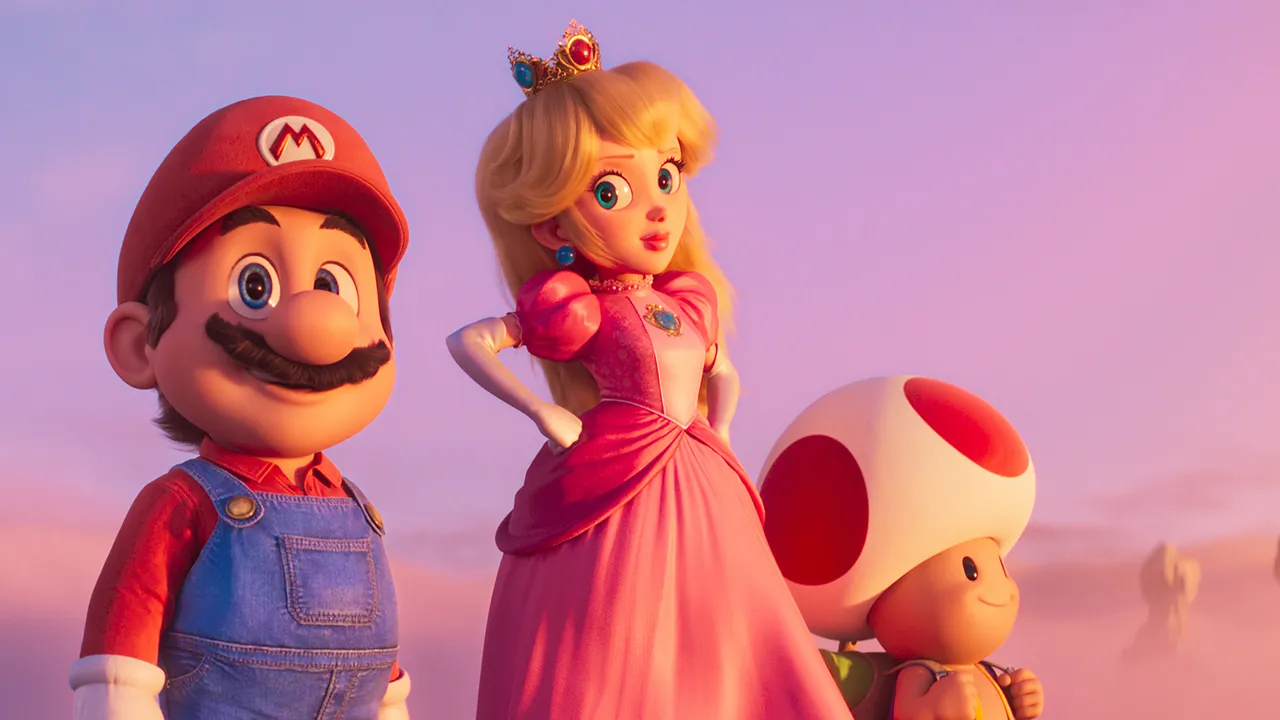
The Legend of Zelda and Super Mario Bros. are two of the best performing Nintendo franchises and they were both created by the same man. That man is Shigeru Miyamoto, and his talent didn’t stop there. Miyamoto also dreamt up Donkey Kong, Star Fox and Pikmin, all Nintendo pioneers, and through sharing the same ‘father’, they are all technically related.
Link is an elf of few words
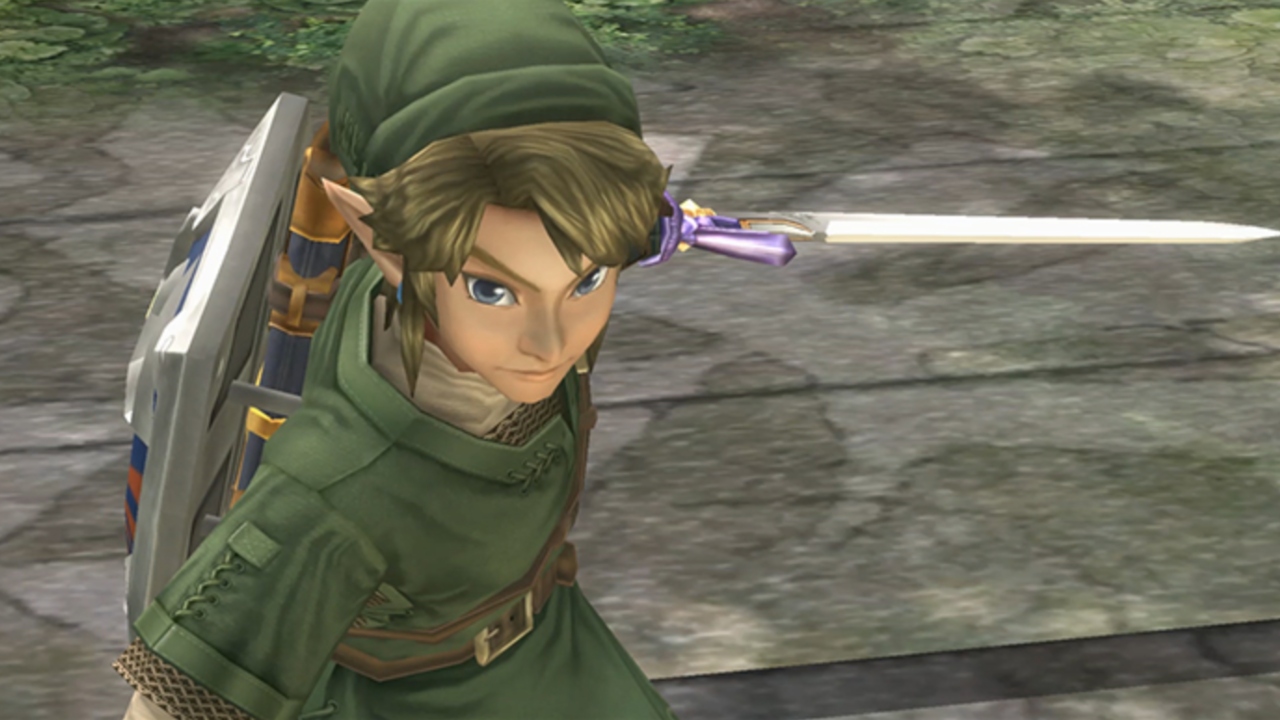
For the hero of a franchise that consists of forty-five games, Link speaks fleetingly. During Wind Waker, Link said, “Come On!” when a co-op character. Then during The Twilight Princess whilst riding Epona, he utters the phrase “Giddy Up!” With so few words spoken, Link is the definition of the strong silent type.
There was a secret save option for saving the original two games
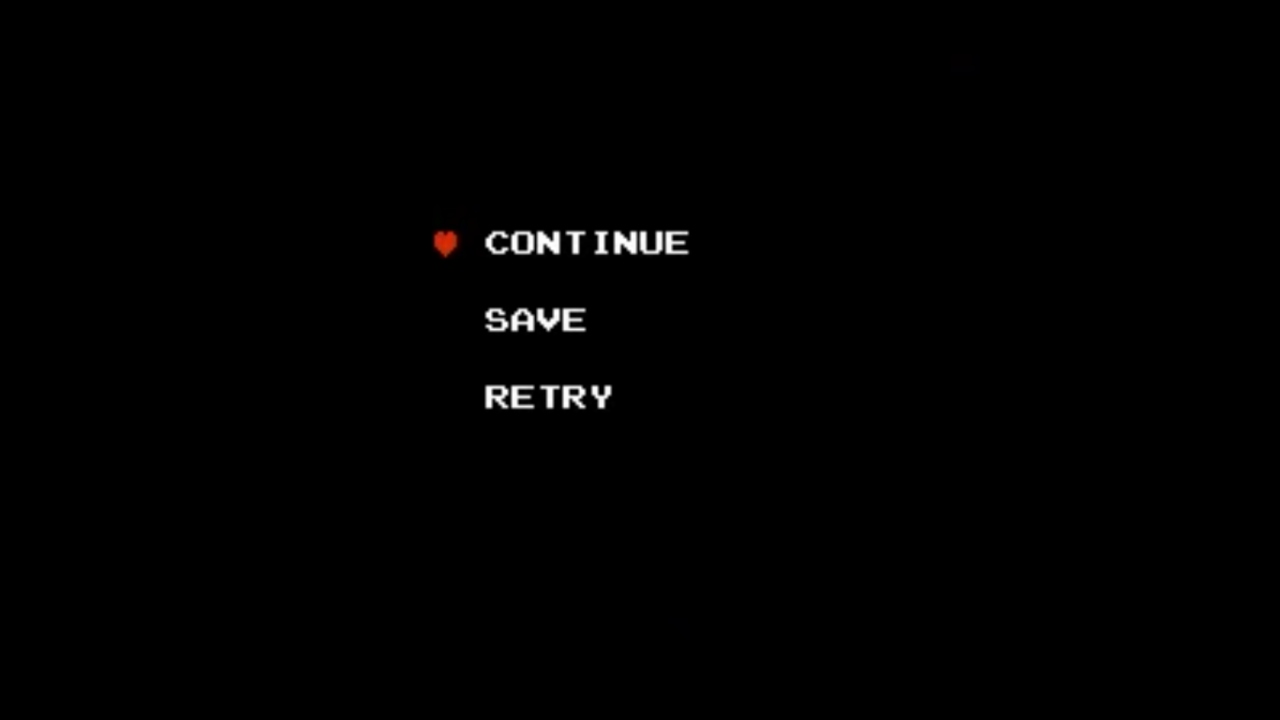
The games didn’t always have an auto-save function. In both Legend of Zelda and Zelda II, players were given the option to save only when the ‘Game Over’ screen appeared, but there was another secret option where players could save without dying first. The trick was to pause the game and on the second controller press Up and the A button simultaneously.
There’s a trick to obtain full health in The Legend of Zelda
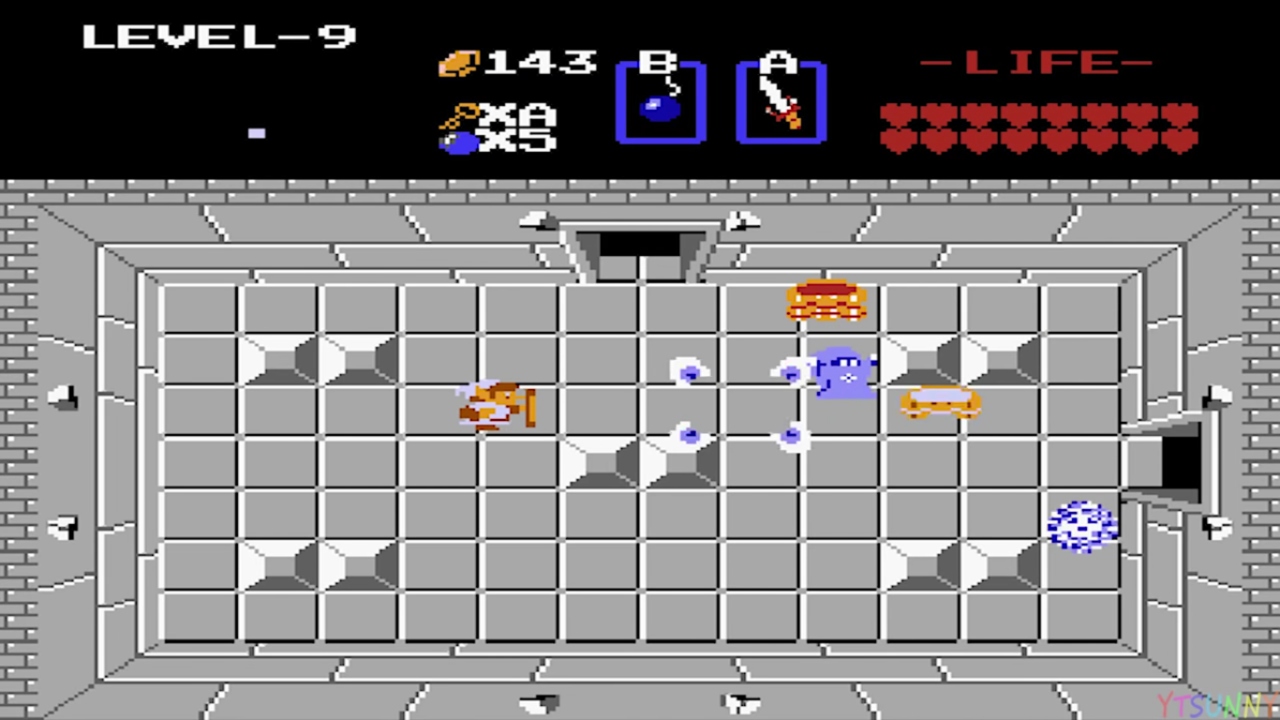
A frustrating aspect of Legend of Zelda was, no matter how many heart containers the player had collected, upon a restart after death, their total was back down to the three. There was a way to cheat this. If players headed to a fairy fountain and entered the save game trick on the second controller then full health would become the default rather than three.
Link’s name has several meanings

For years, Zelda fans have been discussing the relevance of Link’s name. The most basic interpretation of the name, and one confirmed by creator Shigeru Miyamoto, is that the name represents the ‘linking’ from the past setting to the present. Another reason discussed is how Link’s purpose is to be the ‘link’ through which the player accesses the game.
The original game was meant to go into the future

During its initial creation, The Legend of Zelda was meant to spend a large section of the game in the future. Players would have the ability to travel between past and future. In the future, the Trifold was going to be made up of computer chips. Time-travel did eventually make it into the series, but the futuristic element was lost.
The iconic theme song was written overnight
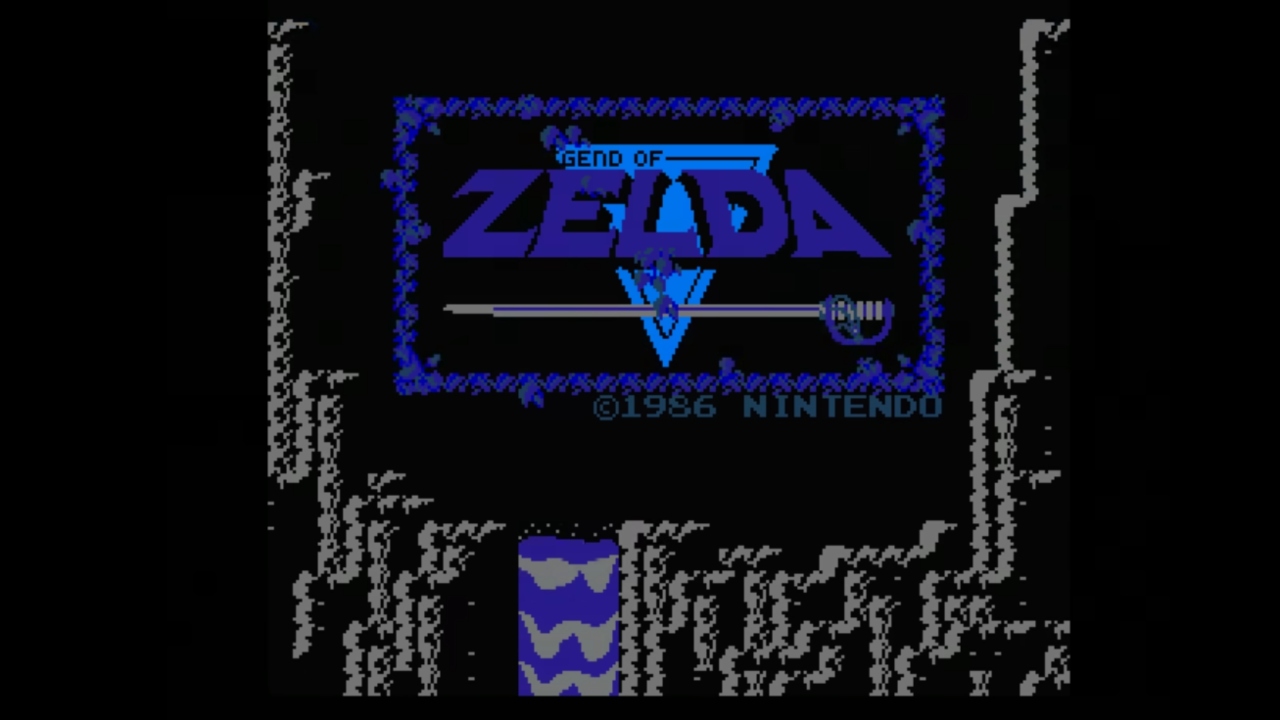
After realising that original opening theme choice, Ravel’s Bolero, was still under copyright, composer Koji Kondo was left with the task of creating a new one at the last minute. He based the new opening song on music he’d already written for the game and miraculously managed to create the iconic theme in just one night.
There’s an extra key that makes Legend of Zelda easier
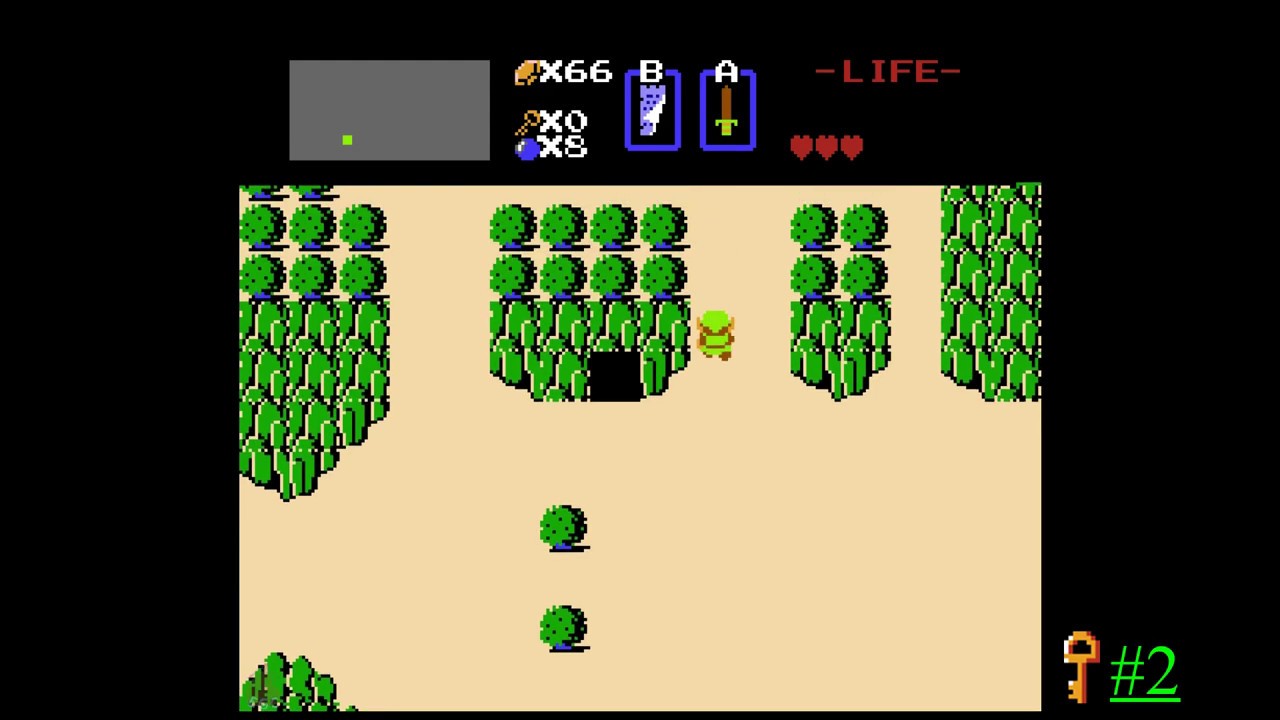
During the first Legend of Zelda game it is possible to make the first quest easier. Upon entering the first dungeon, if players exited and reentered, the locked door straight ahead was magically open. This allowed players to keep an extra key for tricky times later.
Princess Zelda is not in all the games
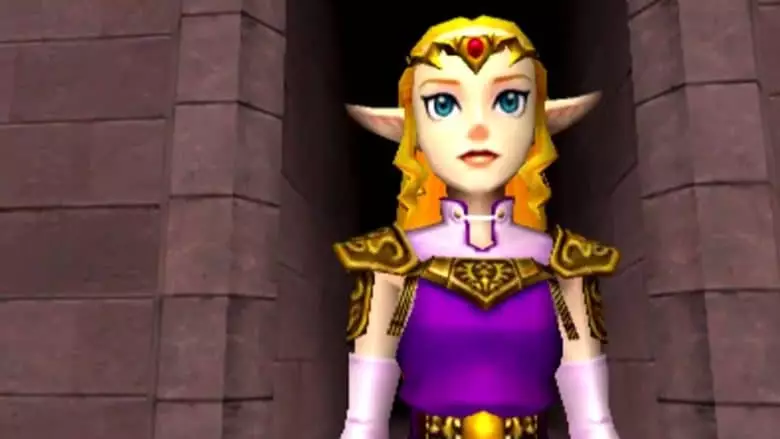
Despite being the titular character, Zelda doesn’t actually appear in all of the games. Zelda is absent in both Link’s Awakening and Tri Force Heroes. There are tiny references to her in each, but Zelda herself does not make an appearance. Zelda is absent from Majora’s Mask entirely, and only appears in Ocarina of Time during a flashback.
Link had a cameo in Final Fantasy
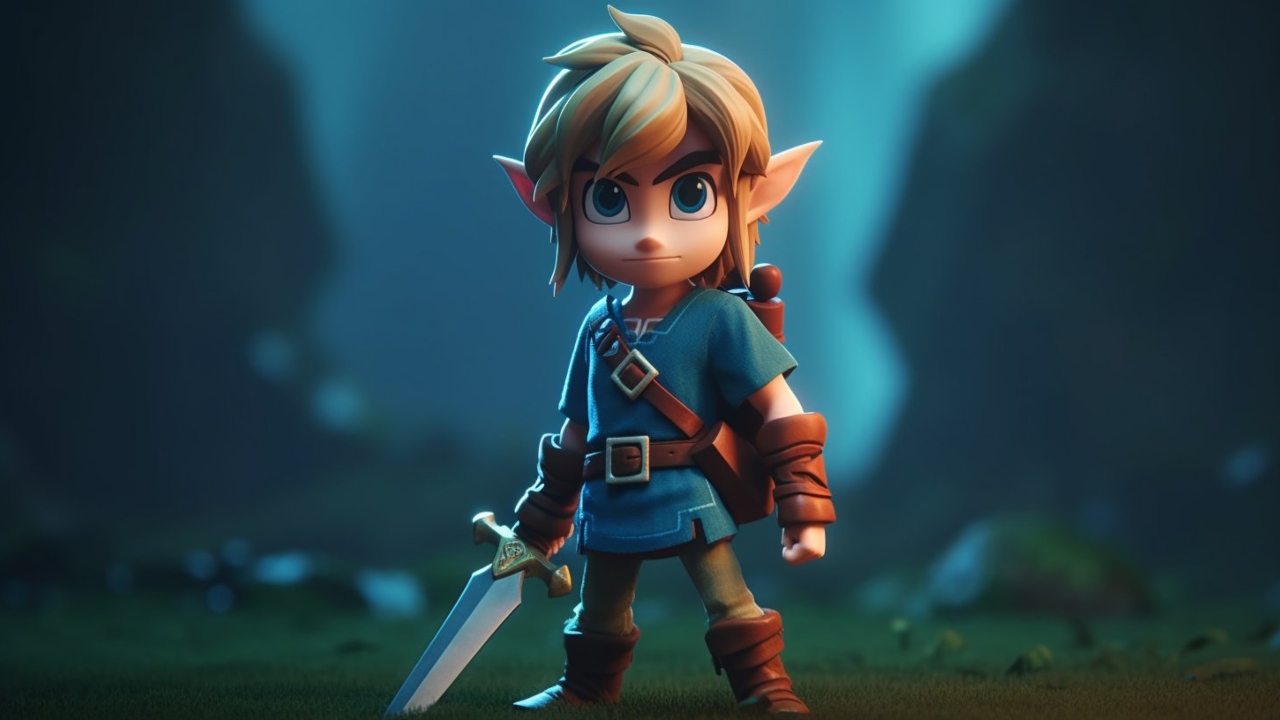
In the original American version of Final Fantasy, players find Edrick, the hero of Dragon Warrior, buried in Elfheim. However, for those that played the Japanese version, that grave belonged to The Legend of Zelda’s Link instead. Later re-releases of the American version tweaked the game to also include this headstone.
Link almost looked a lot more like Mario
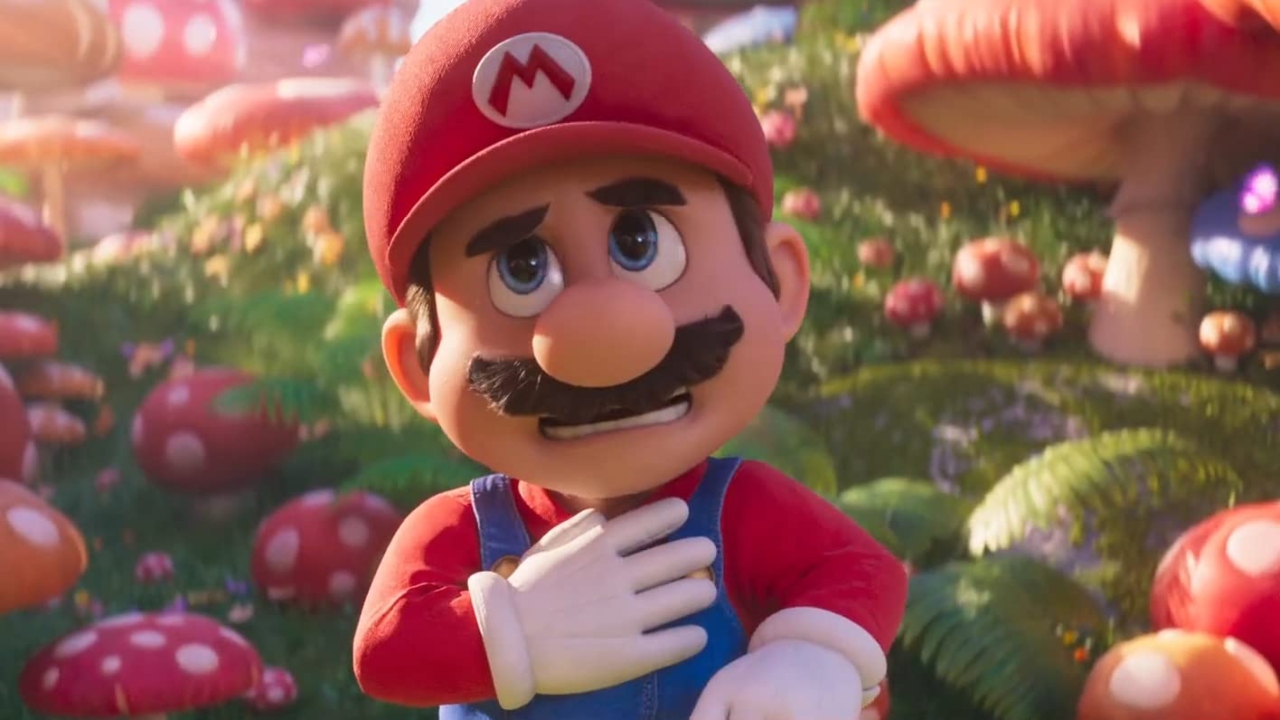
In sharing the same creator, Shigeru Miyamoto, players can notice plenty of similarities between the look and feel of the games. However, initial designs from Yoshiaki Koizumi had Link with a Mario-esque button nose. The change came when Koizumi’s wife mentioned that all of his characters had funny noses, so couldn’t one of them have a handsome one?
Breath of the Wild’s Hyrule is the same size as Kyoto, Japan
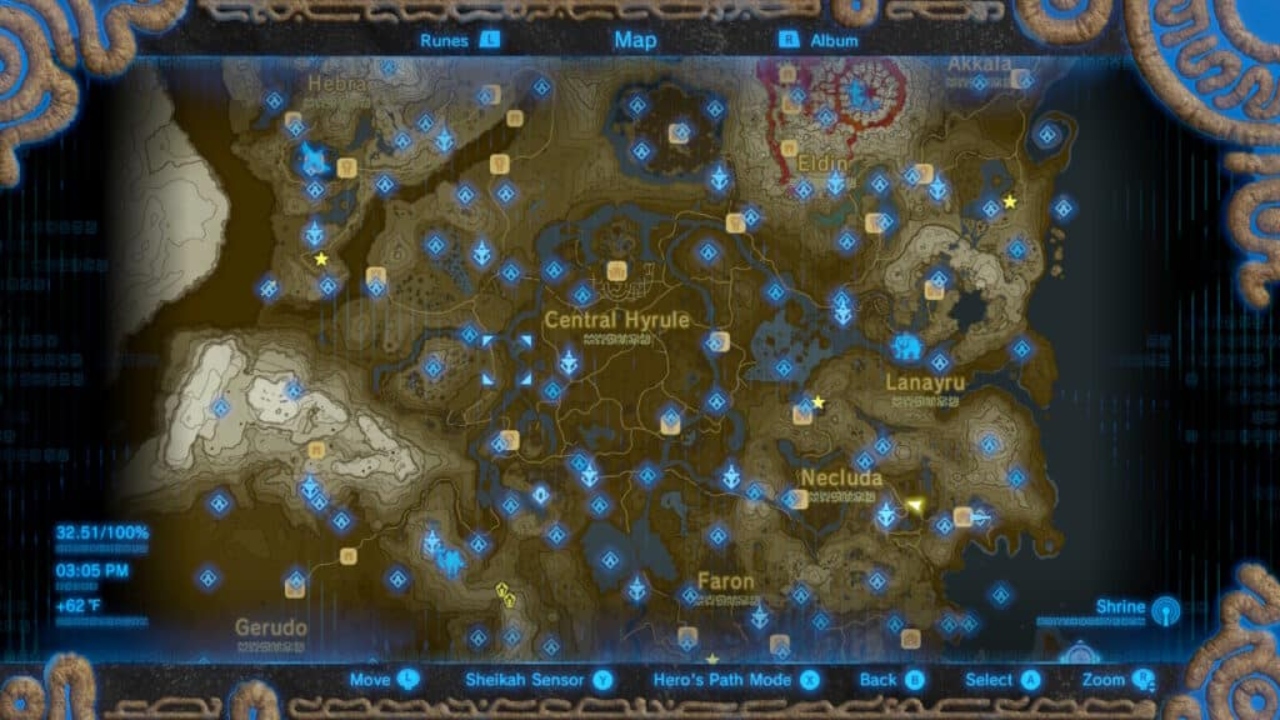
When Breath of the Wild was released, keen-eyed fans soon realized that Hyrule had been designed to be the same size as Kyoto, Japan. Kyoto has a special significance to the Legend of Zelda franchise as it’s the childhood home of creator Shigeru Miyamoto.
Figuring out Zelda’s occupation is actually pretty tricky
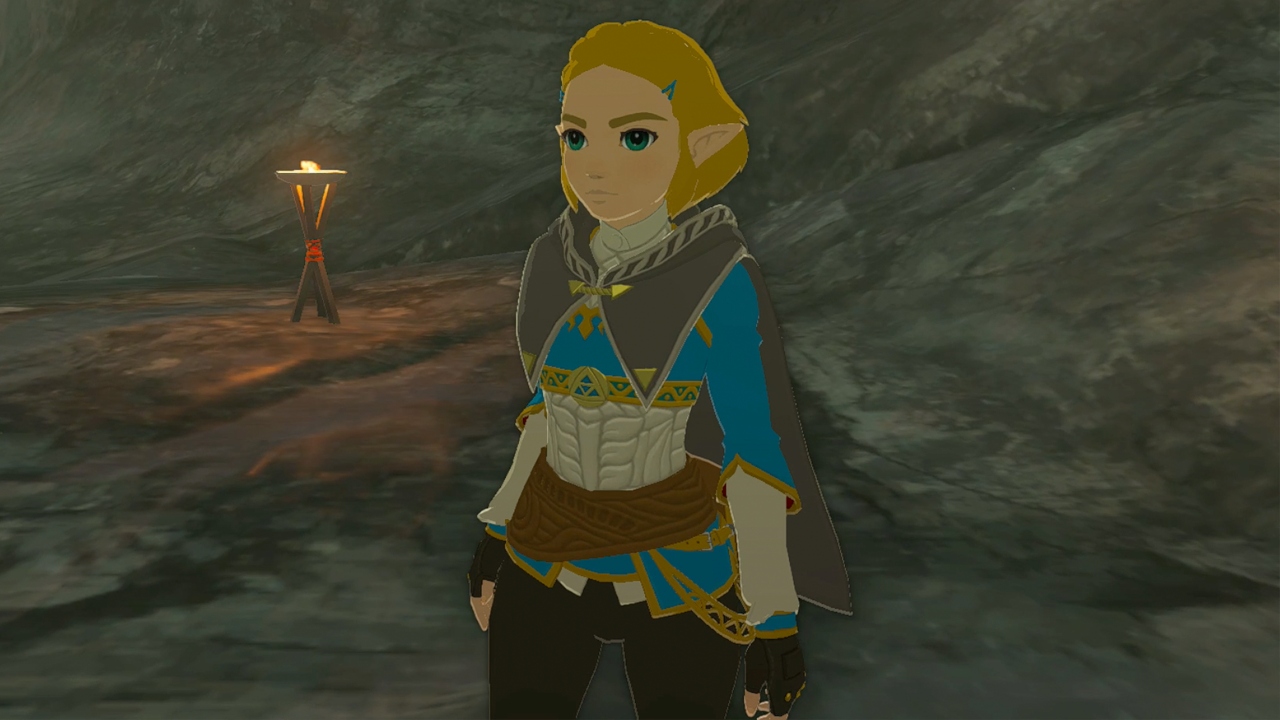
Whereas Link’s role in the Legend of Zelda tends to remain the same – Adventure Knight – Zelda’s is trickier to pin down. Whilst more commonly known as Princess Zelda, across the series, Zelda has lived lives as a princess, a pirate, a ninja, and Link’s childhood friend.
The Legend of Zelda dungeons all had names
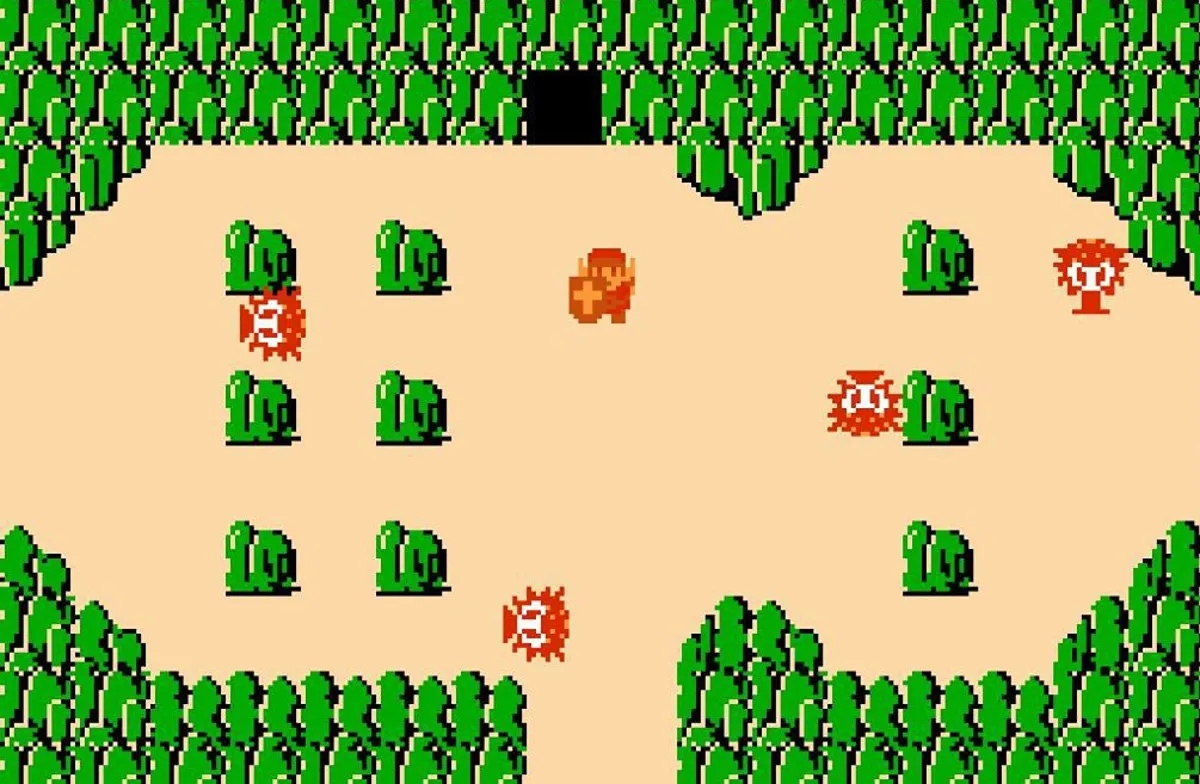
Although the original game didn’t show title cards before each dungeon, all the nine dungeons featured did have names. Later games spelled out to players the location ahead of Link entering. The titles of the dungeons from The Legend of Zelda are; The Eagle, The Moon, The Manji, The Snake, The Lizard, The Dragon, The Demon, The Lion, and Death Mountain.
ChuChus say some pretty mean things
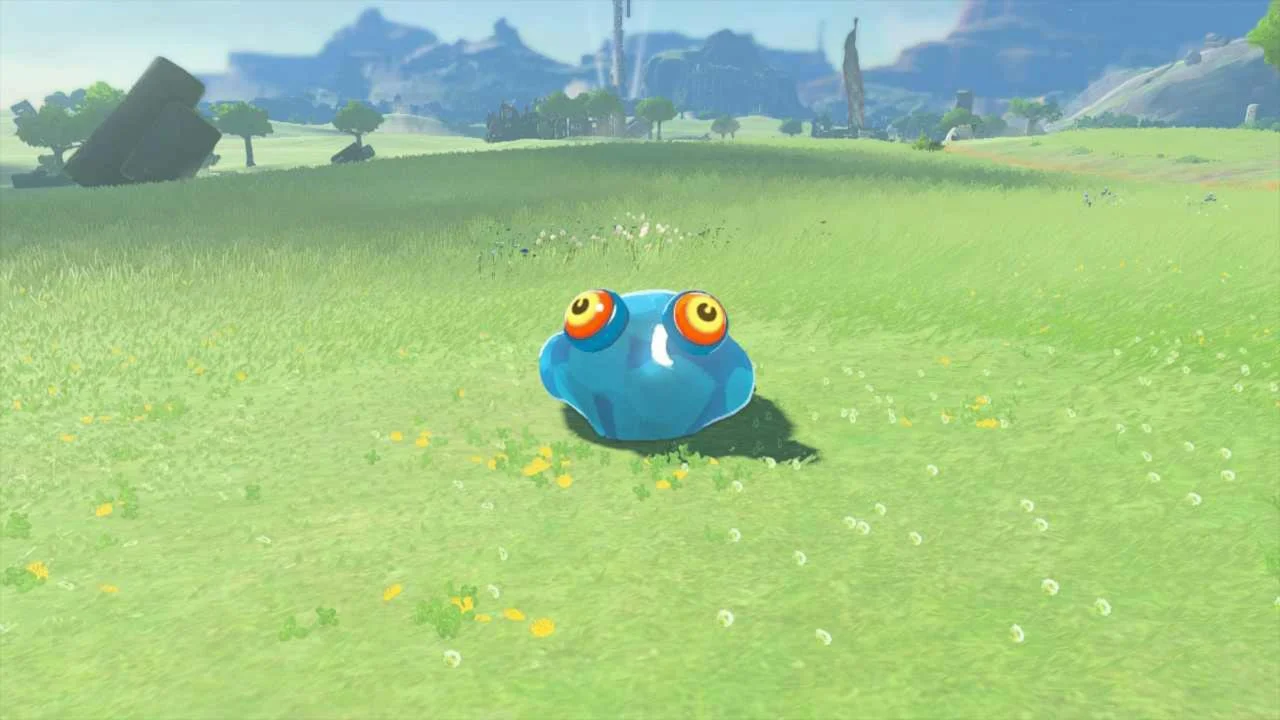
Appearing in several of the Legend of Zelda games, the ChuChus are an interesting enemy. To get their unique sound, developers sped up a conversation between two arguing Japanese men and played it in reverse. Some fans translated one of the exchanges from The Wind Waker to “at least I’m not balding.”
Zelda is the female icon of Nintendo
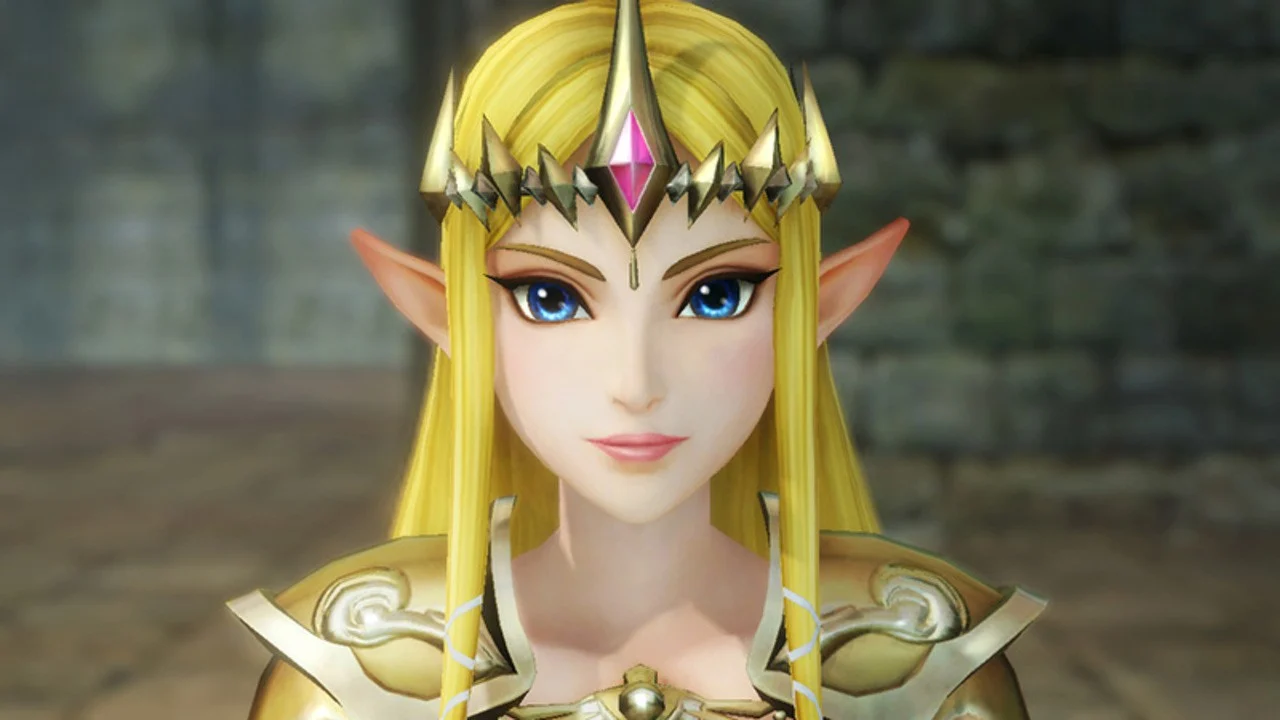
Whereas Sony has Lara Croft, Yuna and Ada Wong for their PlayStation games, Nintendo is lacking a strong female protagonist. Despite not appearing properly in every game, Zelda is perhaps the strongest female character that Nintendo have. Over the series she plays a significant part and is an invaluable piece of the franchise.
The dungeons in The Legend of Zelda looked like their namesakes
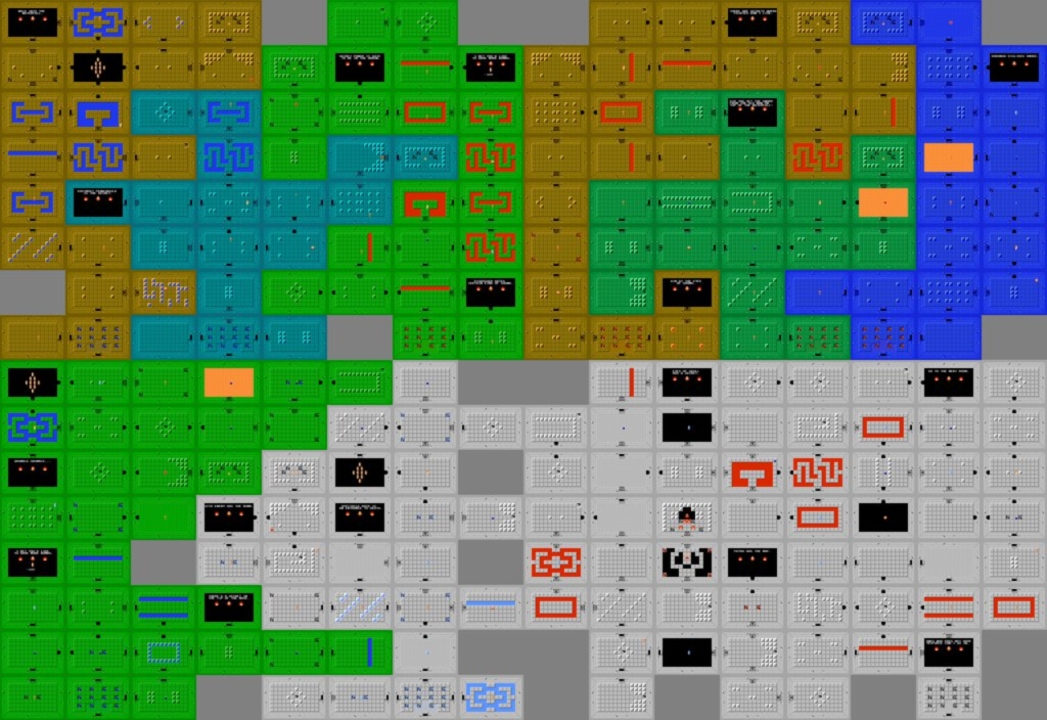
Some might have been harder to figure out than others, but most dungeons in The Legend of Zelda resemble its namesake on the map. Whilst some of these are easier to figure out, and others require some slight leaps of imagination; the nine dungeons can be matched to Eagle, Skull, Moon, Manji, Snake, Lizard, Dragon, Demon, and Lion. The only exception is Death Mountain.
Sakon can be killed
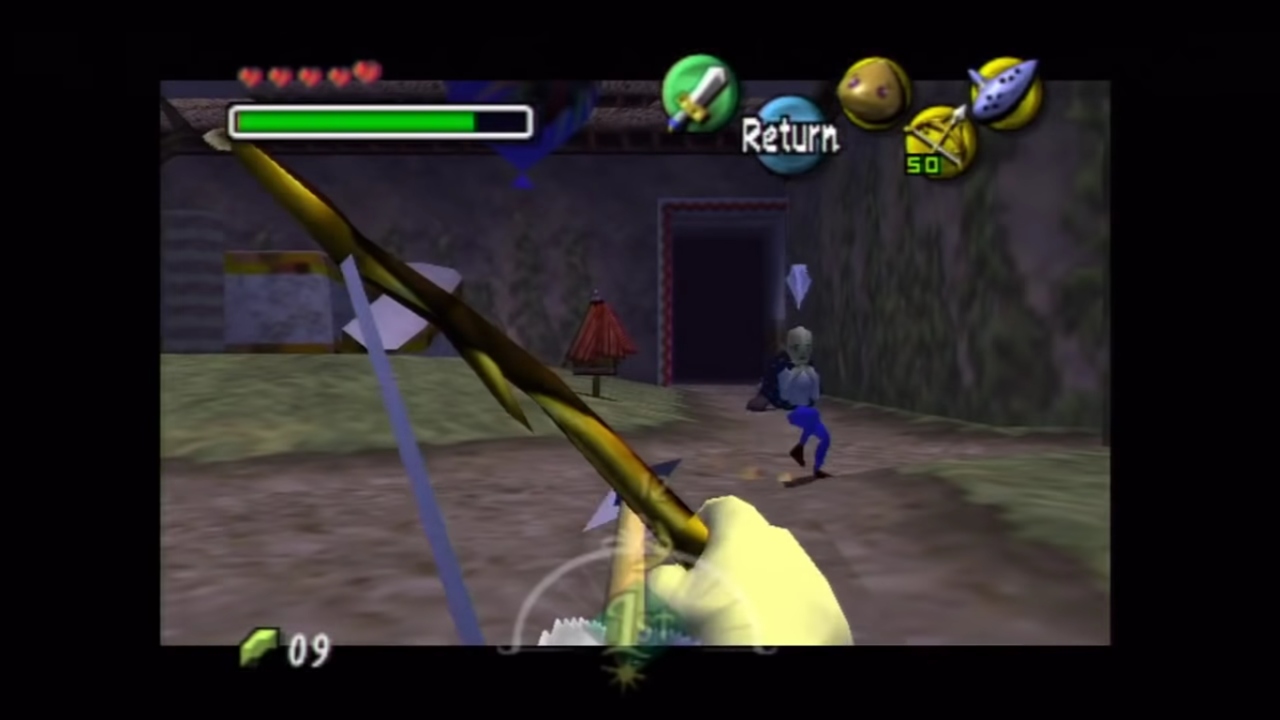
Majora’s Mask non-playable character Sakon can be killed. This was a first within the series as typically non-playable characters could not be harmed. In order to put an end to the creepy Sakon, players had to use either an Arrow or the Hookshot to fire at the stolen Bomb Bag. This would cause him to vanish and explode.
Players could skip the first quest of The Legend of Zelda entirely
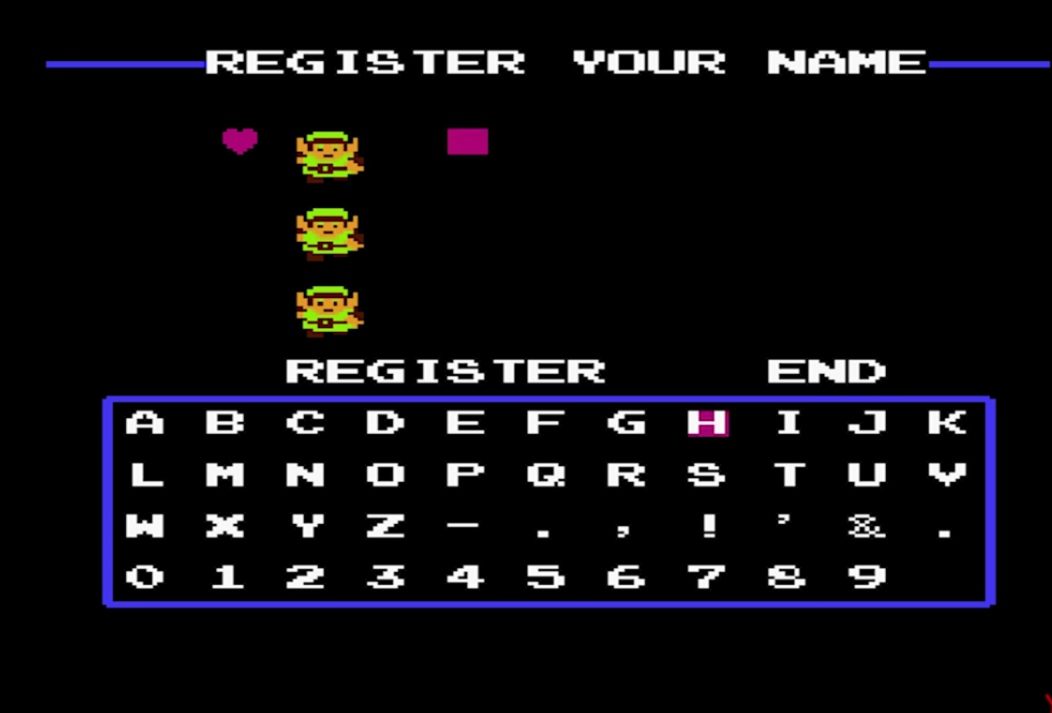
Given the confusing title name, before The Legend of Zelda game became better known, many believed that Zelda was the main playable character. Nintendo used this and created a sneaky hack. Anyone who named their file ‘Zelda’ was granted immediate access to the second quest.
The dungeons in Legend of Zelda’s second quest spell out her name
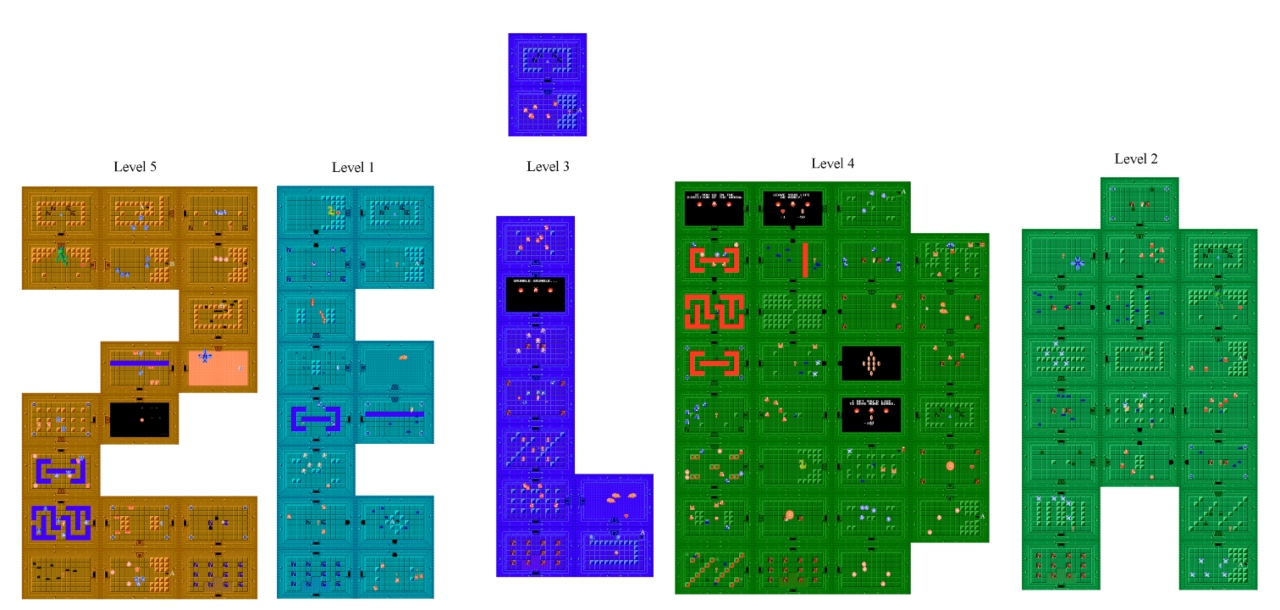
Whereas the dungeons in the first quest of The Legend of Zelda resembled their titles, those found in the second quest followed a different pattern. Each looked like a letter, and when put into the correct order these maps spelled out the name of everyone’s favourite princess, Zelda.
Zelda II foreshadowed several key locations from later games
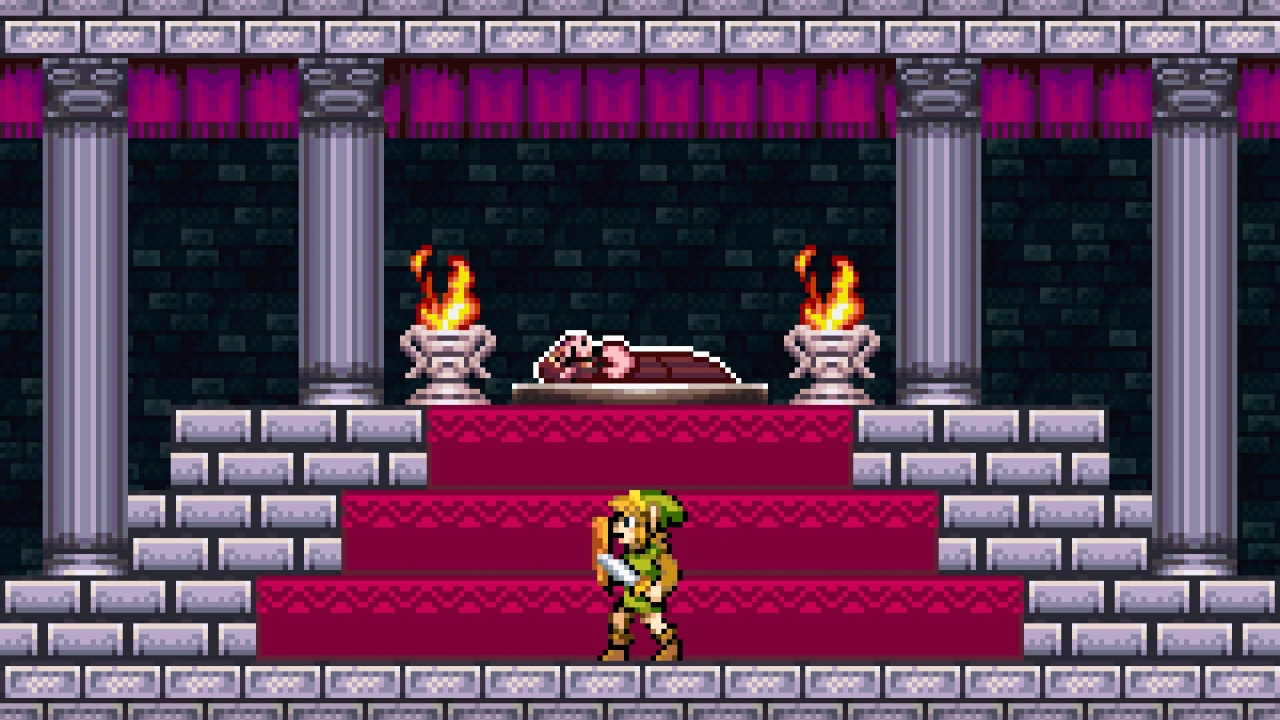
It was not revealed until much later in the game series, but the first games actually occur later in the chronological timeline than the newer ones. However, Zelda II gave players a sneaky hint about where future entries would venture. Several of the town names are the same as the Sages found in Ocarina of Time: Saria, Ruto, Nabooru, Darunia, and Rauru.
Zelda II paid homage to Dragon Quest’s Loto
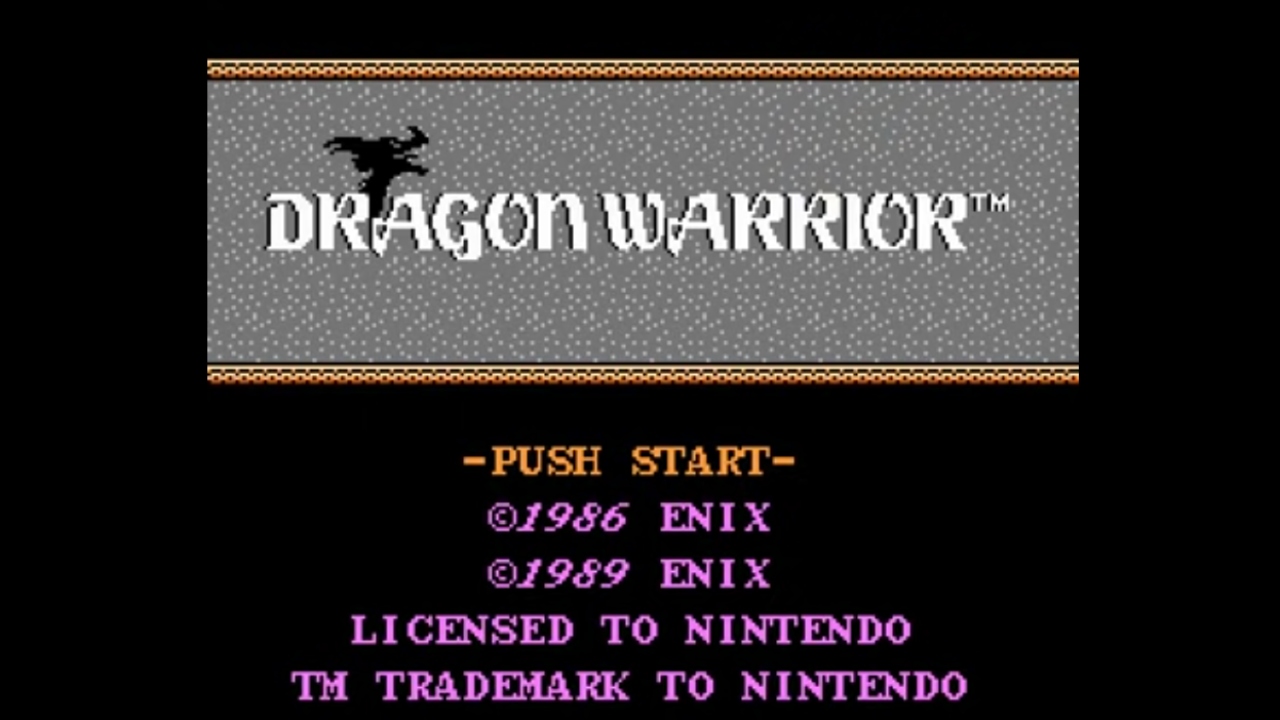
An Easter egg hidden in the Japanese version of Zelda II can be found in Saira Town. There is a grave that reads “the hero Loto rests here”. Loto is the lead character in the Dragon Quest game. It was removed from the US version of the game as Dragon Quest, or Dragon Warrior, as it is also known, had not been released Stateside yet.
Princess Zelda’s gasps can be heard in Ocarina of Time
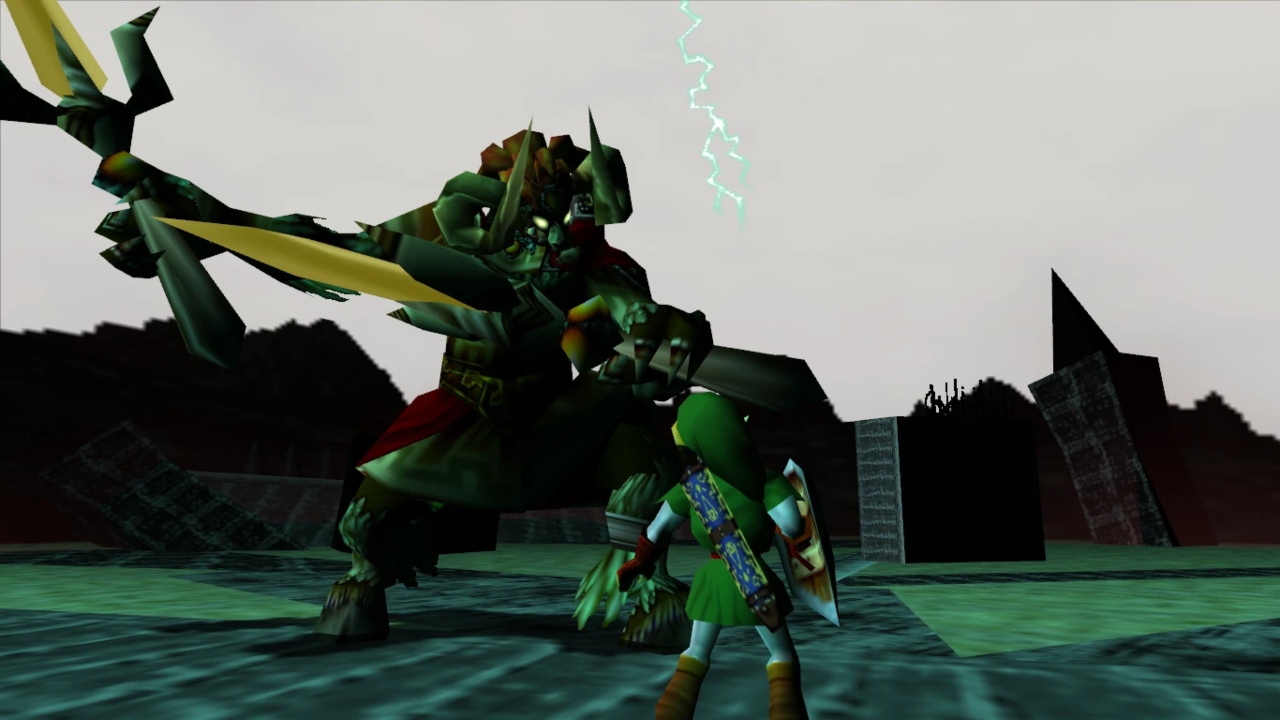
Although Princess Zelda only appears in flashback scenes in Ocarina of Time she can be heard during the game’s climatic battle. As Link and Ganon battle, whenever Link is hit by one of Ganon’s attacks, a horrified gasp can be heard. This gasp belongs to Zelda.
In The Legend of Zelda you can have a complete inventory without finishing a single dungeon

In The Legend of Zelda, players have free roam of the dungeons. Within each dungeon resides a weapon that helps defeat that dungeon’s big boss. For players who like to collect items, it is possible to visit each dungeon long enough to obtain the weapon and then leave. It’s an odd way to play the game, but one that is entirely possible.
Several Super Mario Bros. Easter eggs exist in A Link to the Past
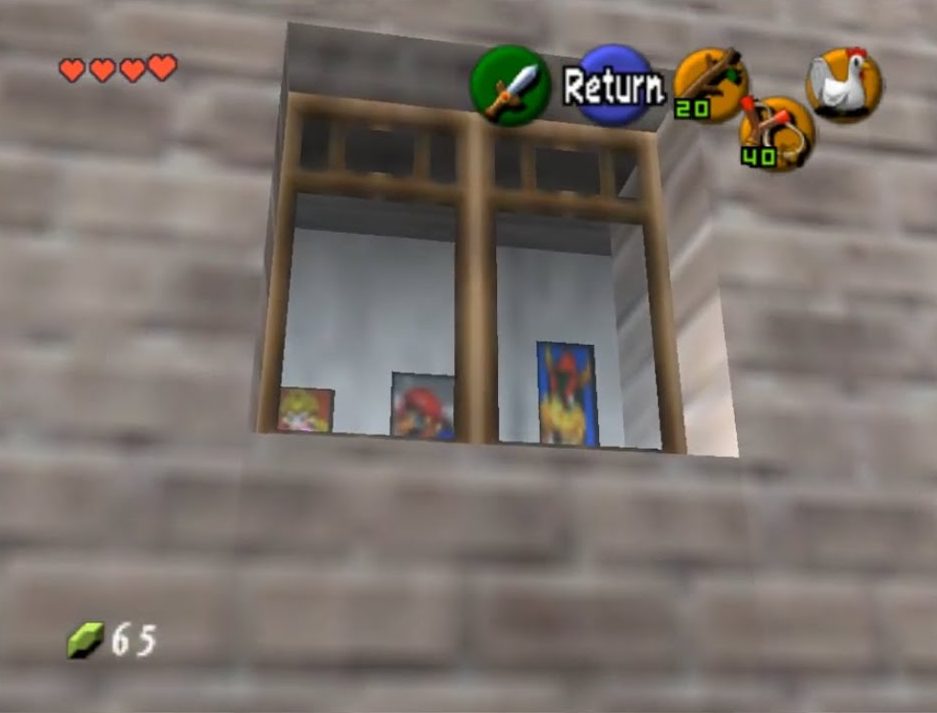
Super Mario Bros. and Legend of Zelda often sneak into each other’s games. In 1991’s A Link to the Past there were several sneaky nods to the plumbing duo. Firstly, the portraits on the walls inside most of the Kakariko Village appear to be of Mario. Then, the theme that plays when soldiers chase Link in the village is a remix of the boss theme from Super Mario Bros. 2.
Gannon’s laugh in Zelda II belongs to someone else
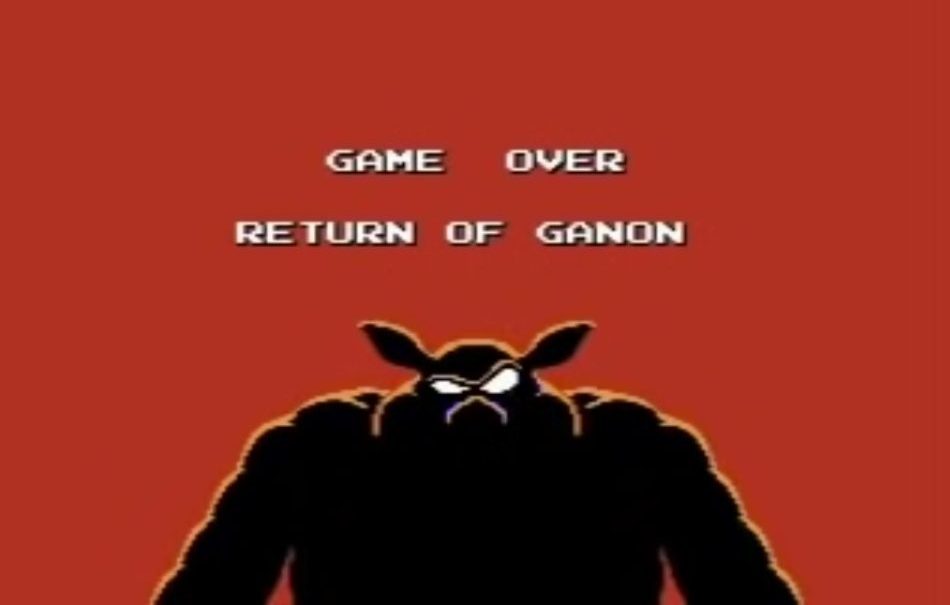
Although antagonist Ganon does not form part of the game narrative of Zelda II, the character did appear throughout. Each time the Game Over screen appeared, a silhouette of Ganon materilized. This was accompanied by a taunting laugh. However, that laugh does not strictly belong to Ganon, but rather Soda Popinski from the boxing game, Punch-Out!
Link has had several ‘odd’ hairstyles over the years
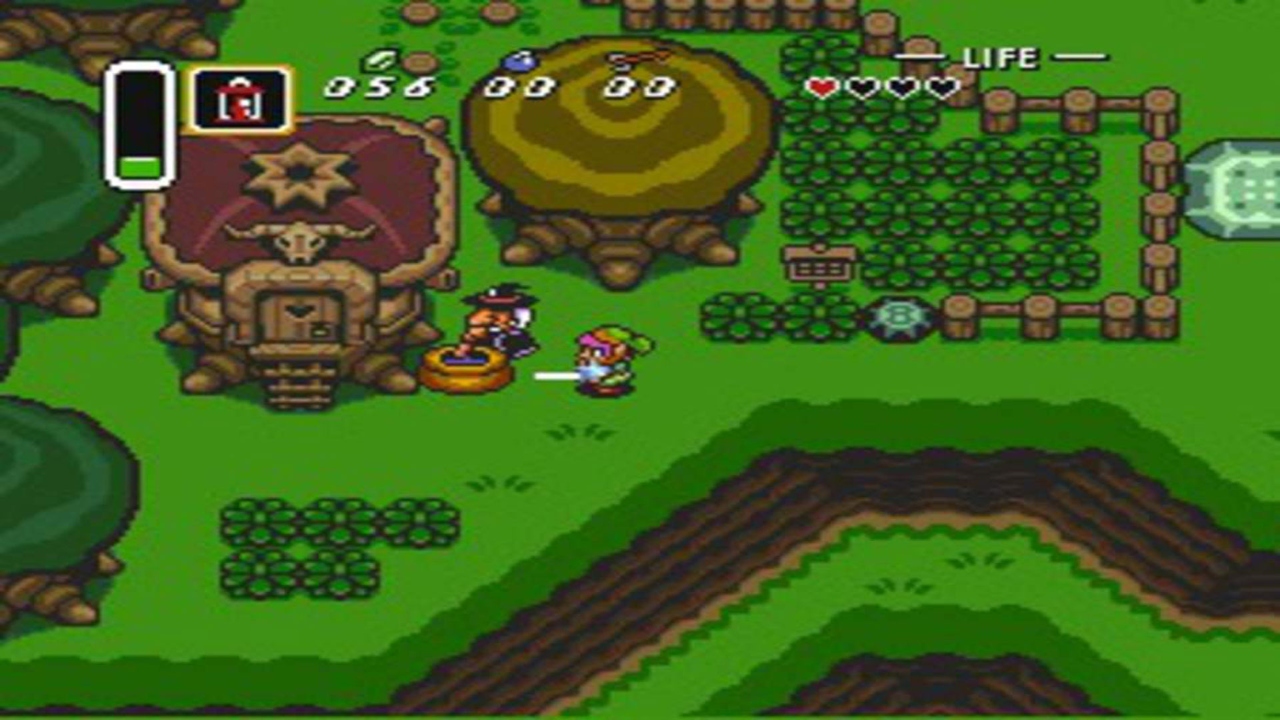
Throughout the various Zelda games there has been some inconsistency with Link’s locks. For unknown reasons, in A Link to the Past, the character sported pink hair within the game, but light-brown in the official art. Similarly, for Link’s Awakening, Oracle of Ages and Oracle of Seasons, Link has dark hair during gameplay, but blond hair during cut-scenes.
The Legend Of Zelda: The Minus World exists
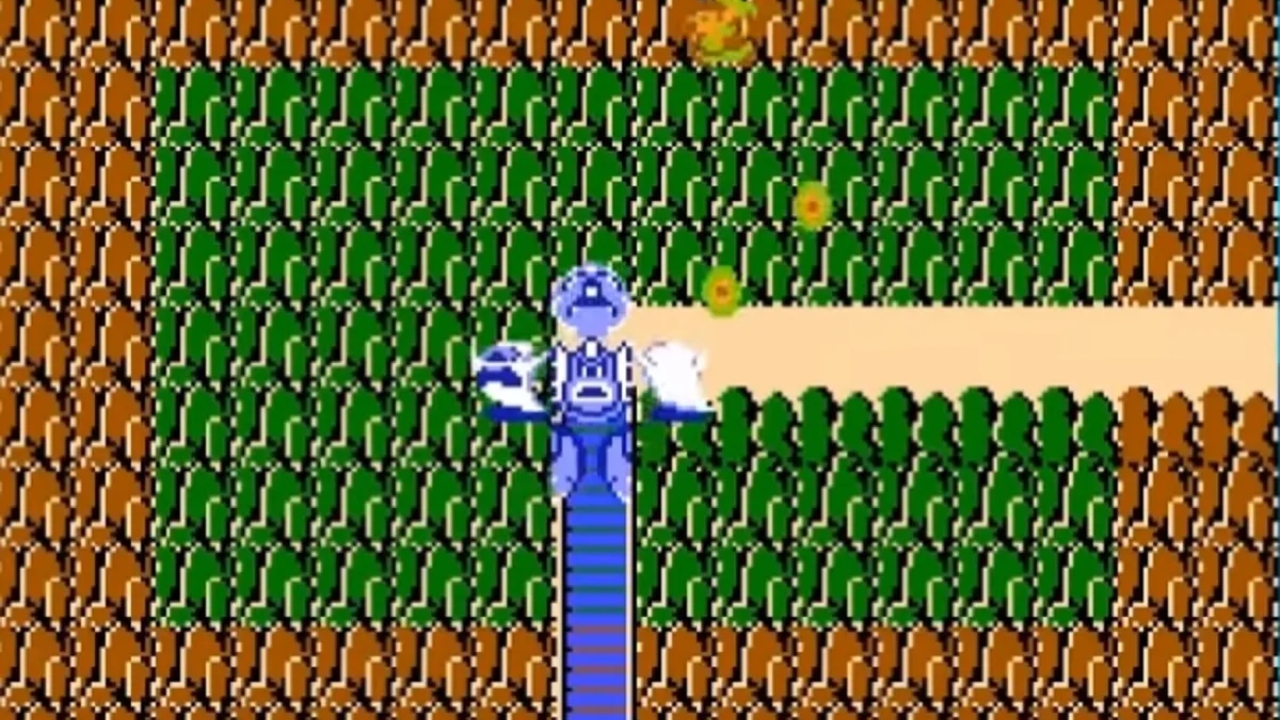
After Super Mario Bros. was released, gamers discovered a load of levels buried under the code. They’re called “Minus World” and are filled with bugs and unused content. In recent years players have discovered that the same type of levels exist in The Legend of Zelda. There’s more freedom compared to Super Mario Bros.; it is fully navigable, but is still riddled with bugs.
Breath of the Wild marked Princess Zelda’s English-speaking debut
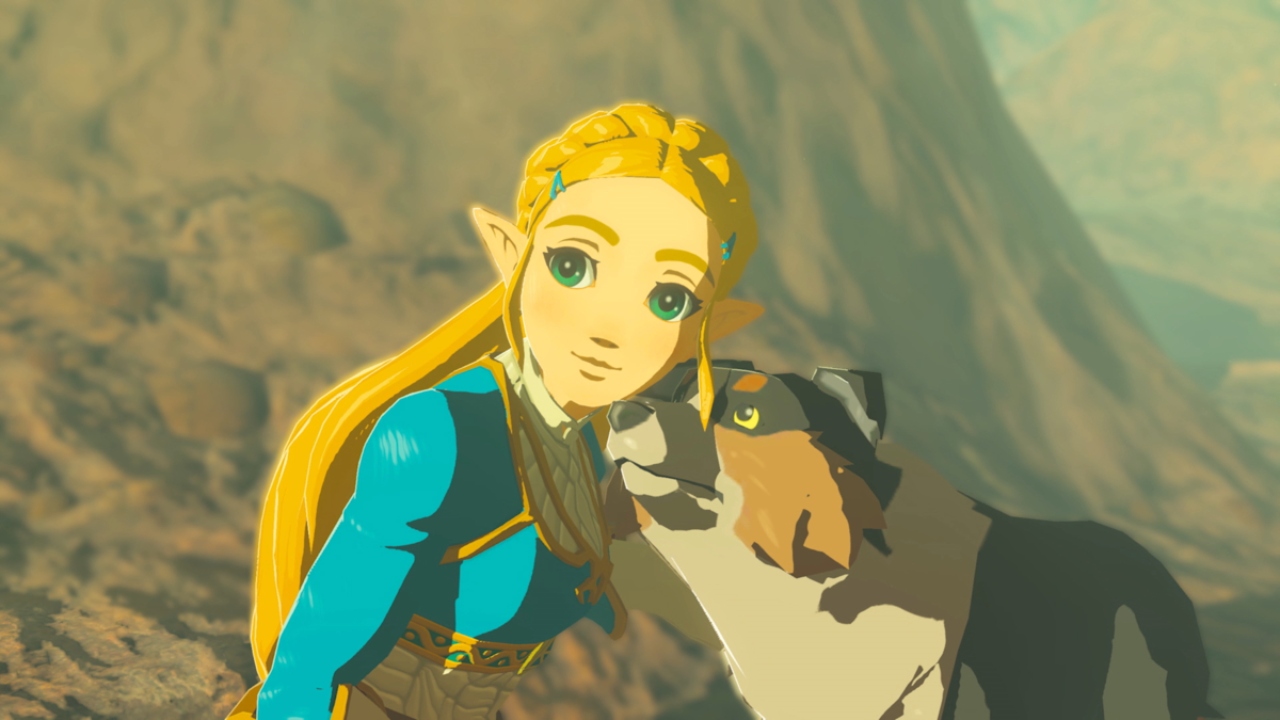
Whereas Link was content to be the silent traveller, Princess Zelda was more chatty. However, Breath of the Wild was the first main series game to utilize English voice acting for the character. The change even meant that Princess Zelda spoke with an English accent.
The Devil exists in Majora’s Mask
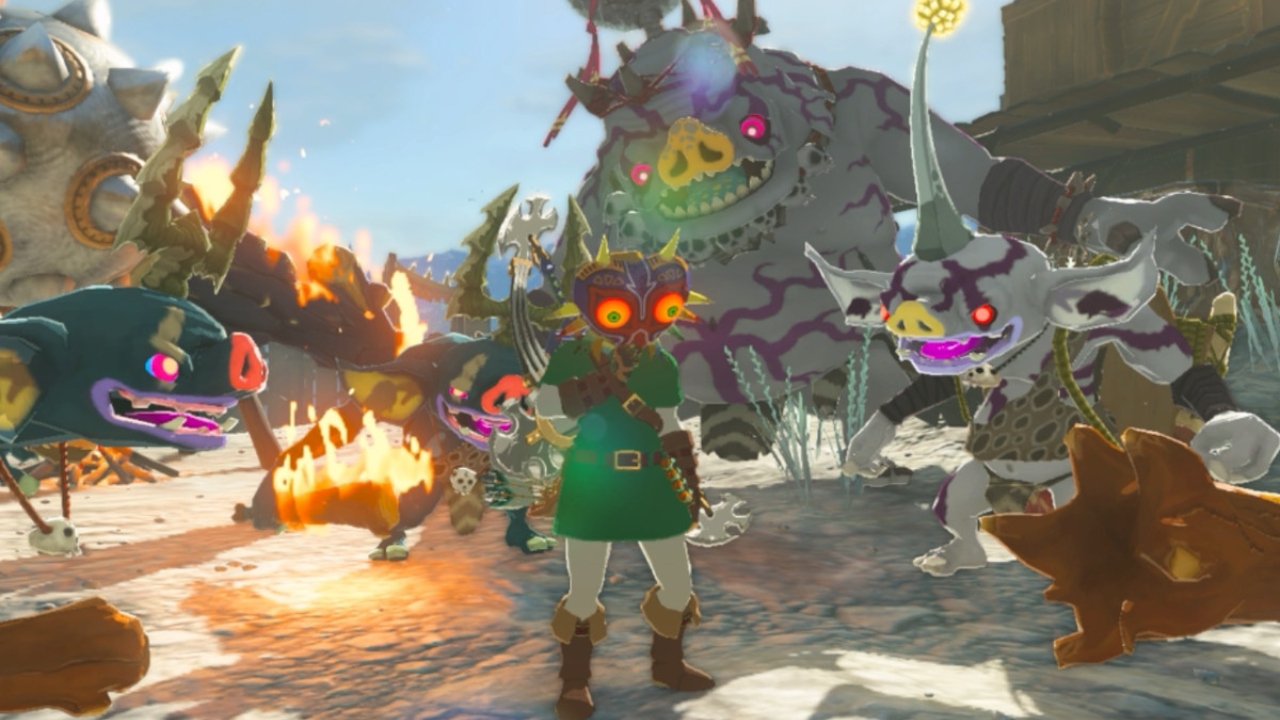
During gameplay of Majora’s Mask, players encounter a Poe called Flat in Ikana Canyon. During a conversation he mentions that his brother Sharp has “sold his soul to the devil”. The reference is interesting as the Devil has never previously been mentioned across the series, nor has been spoken of since.
There are non- video game variants of Zelda to play
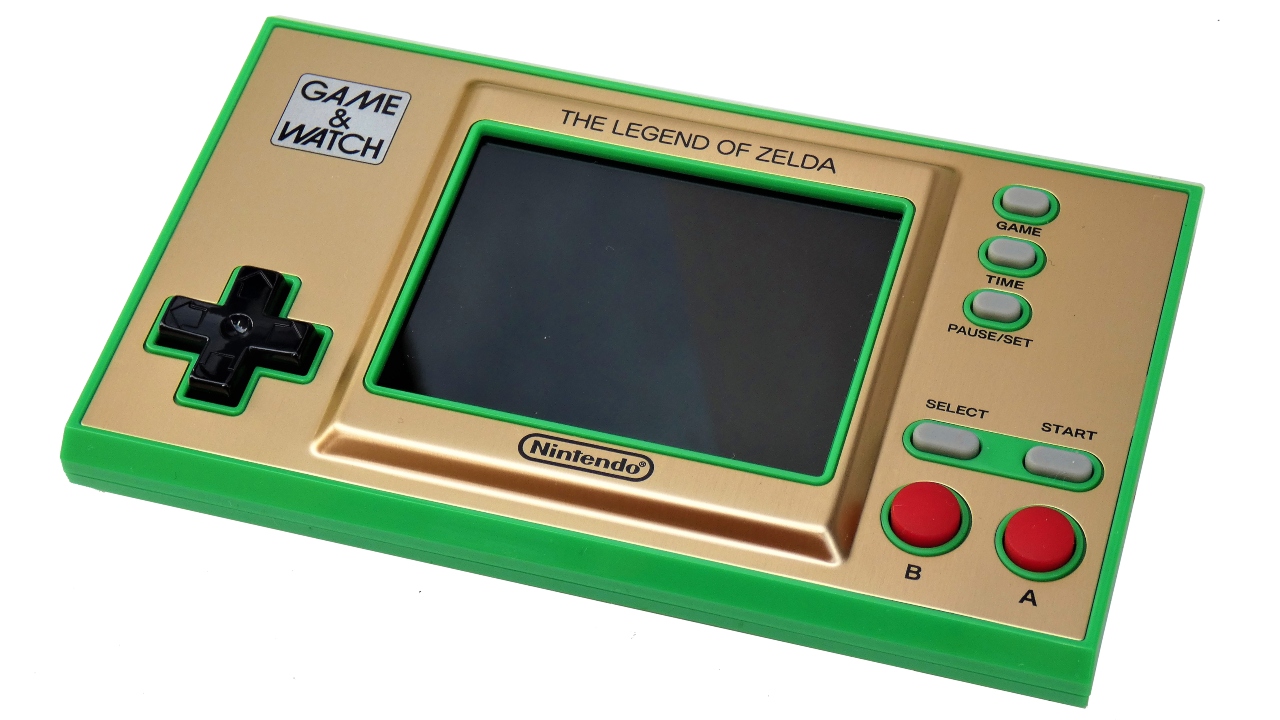
In addition to the many games that have been released across a variety of consoles, there are also plenty more ways to play in the Legend of Zelda world. In 2014, a The Legend of Zelda themed Monopoly board game was released. Then in 2017, came a Clue board game in the style of the series, and in 2018 came The Legend of Zelda Uno.